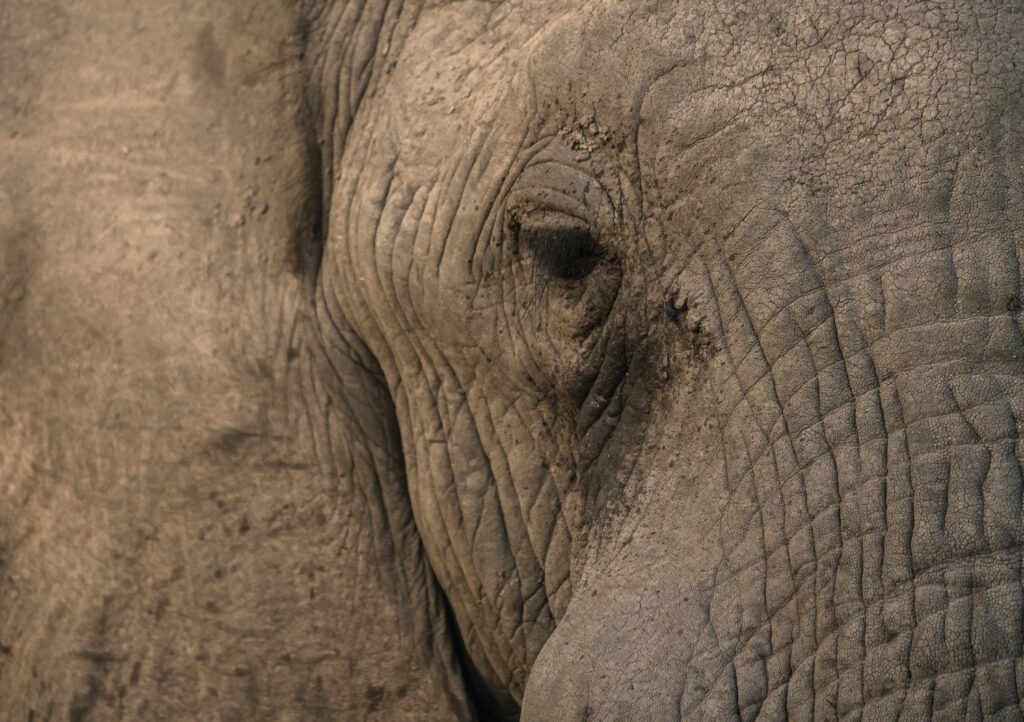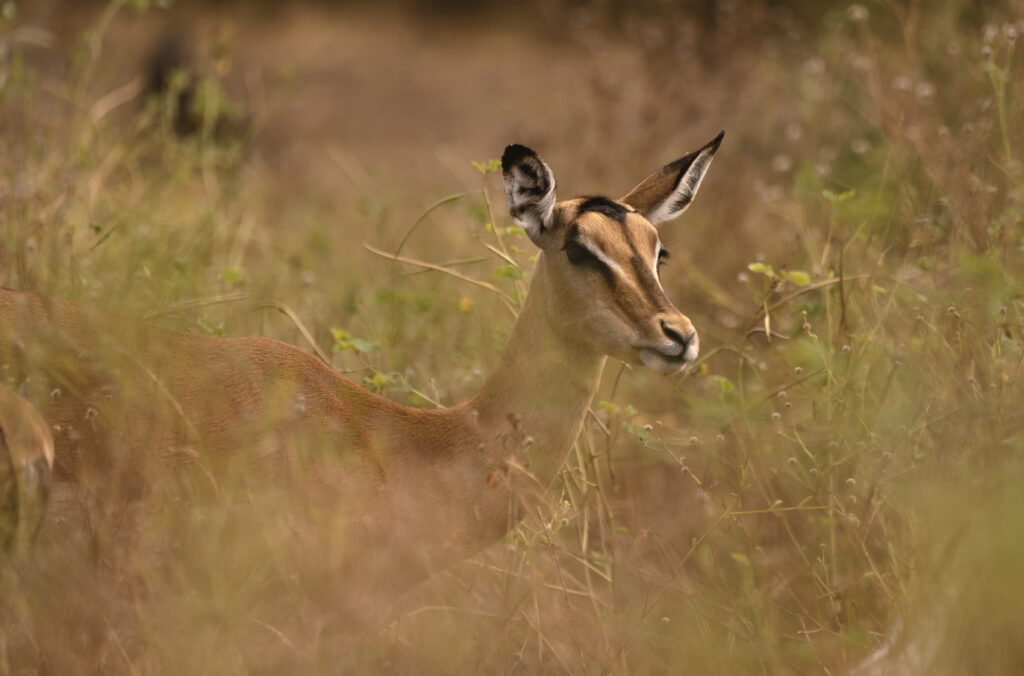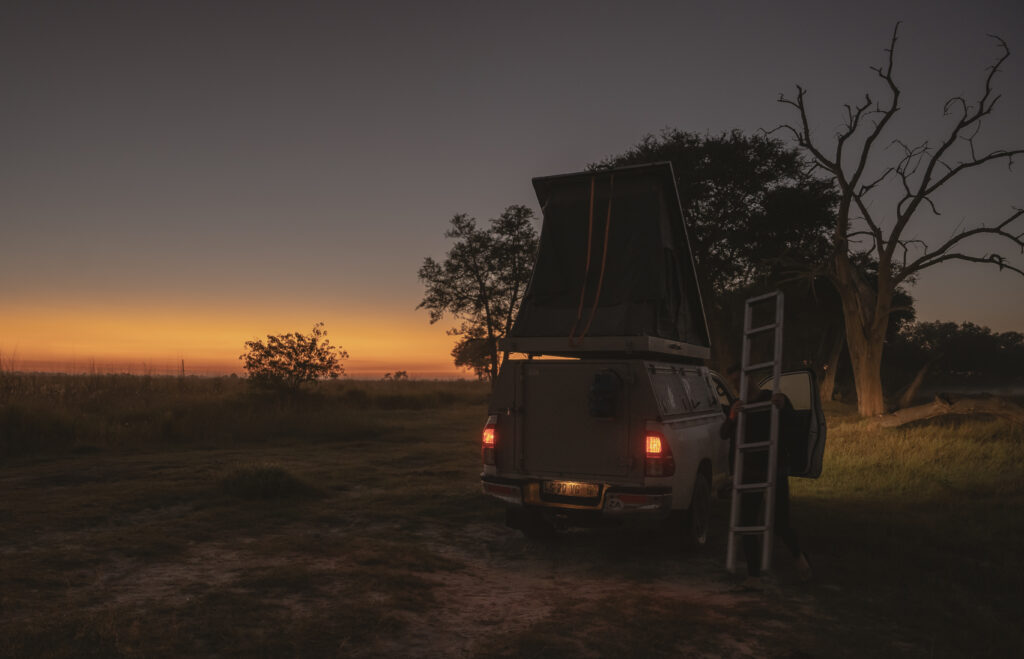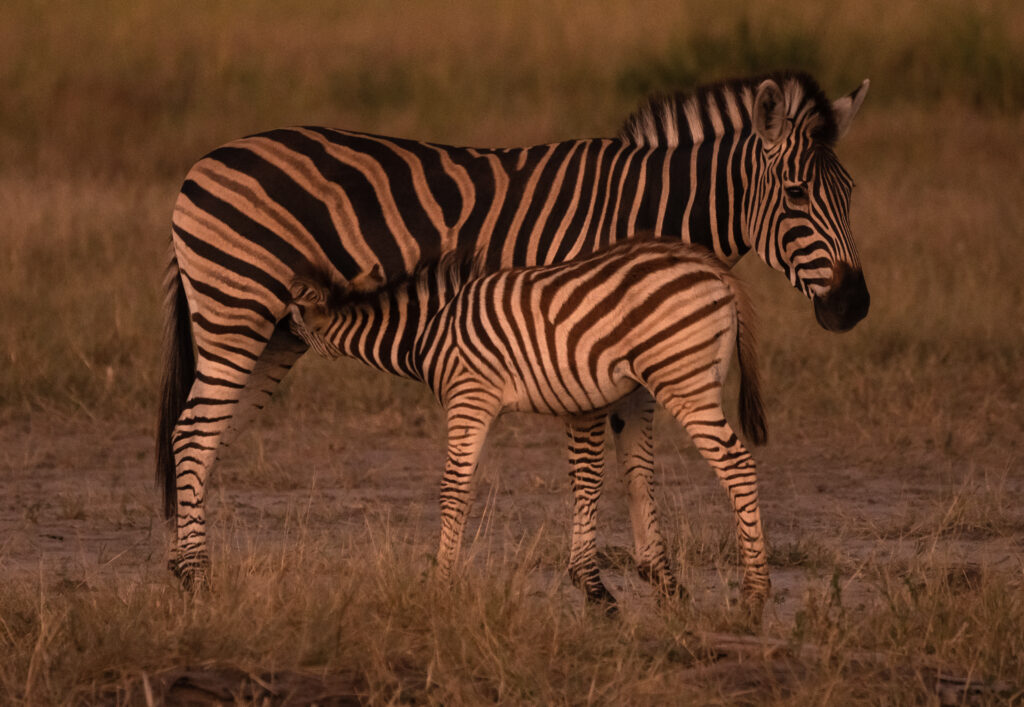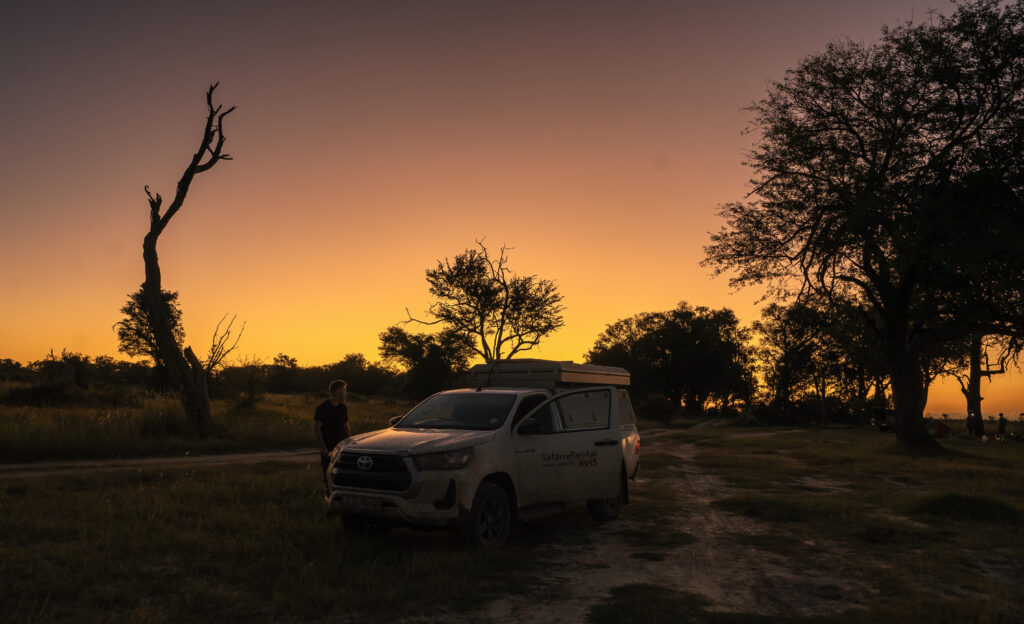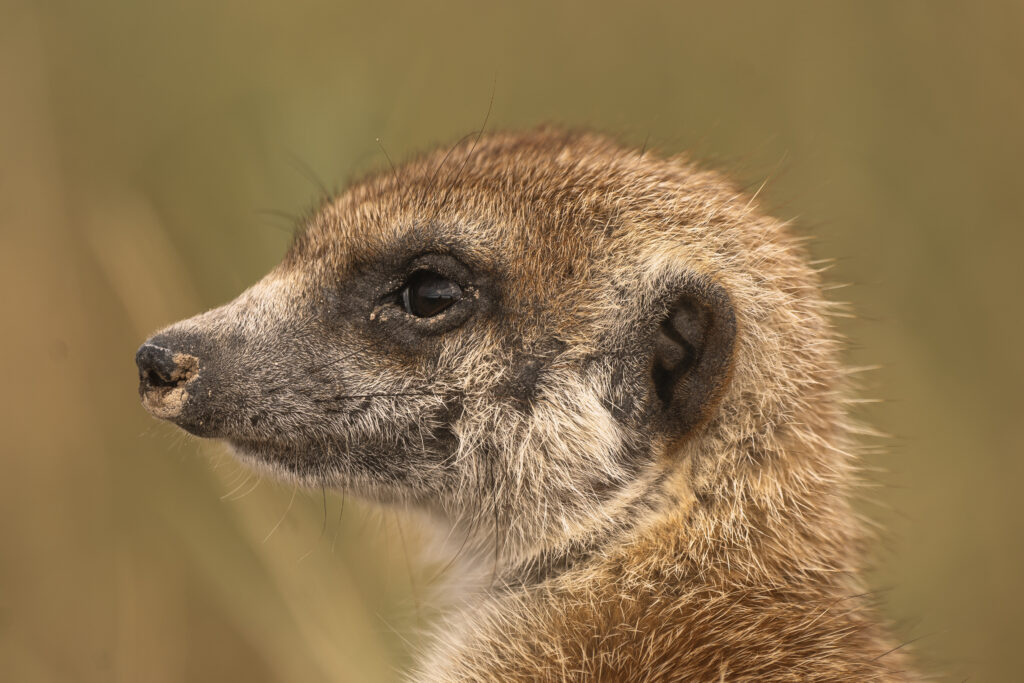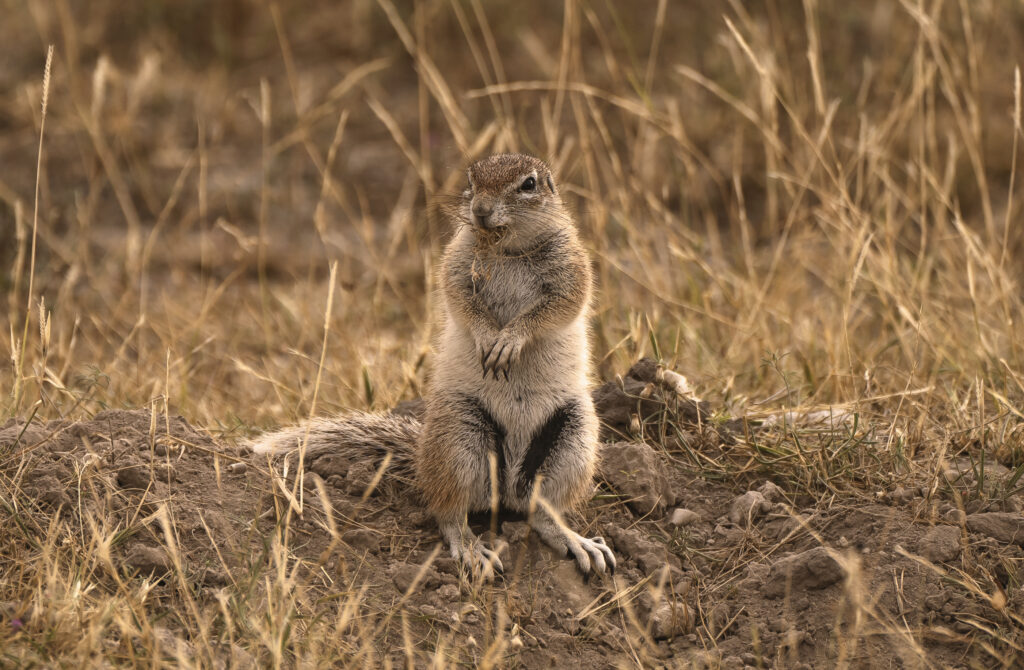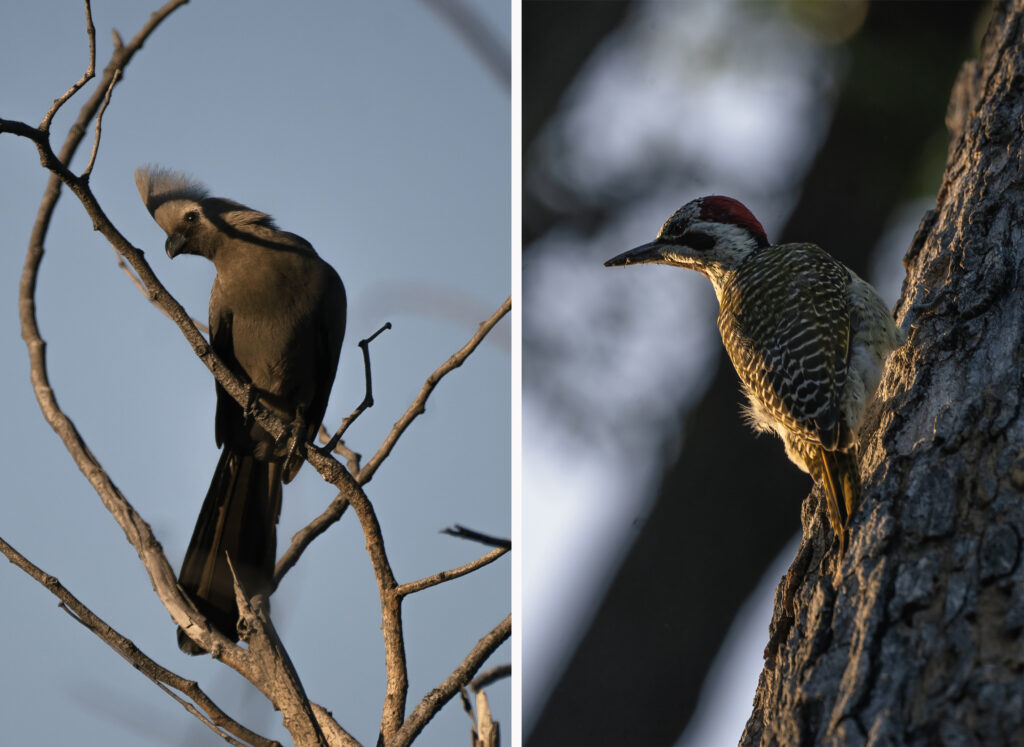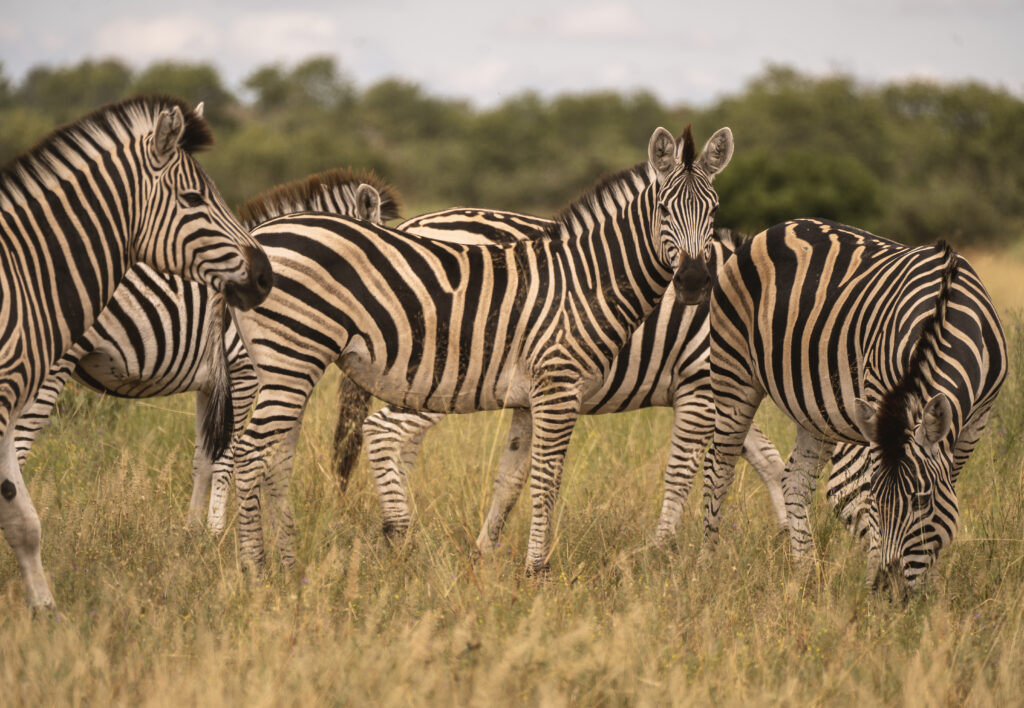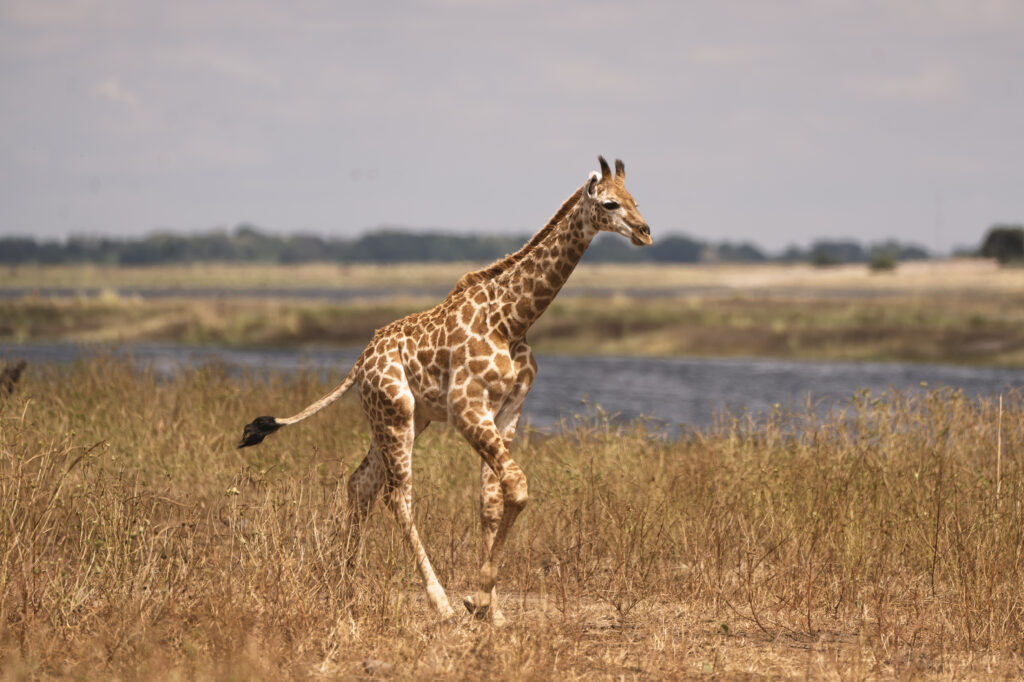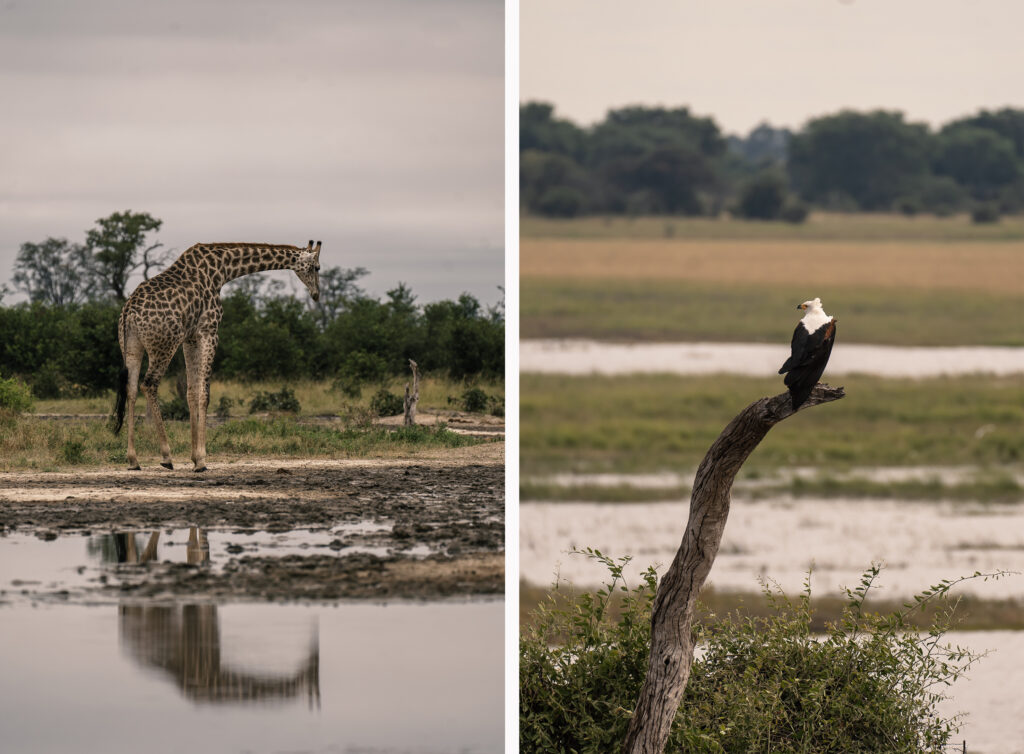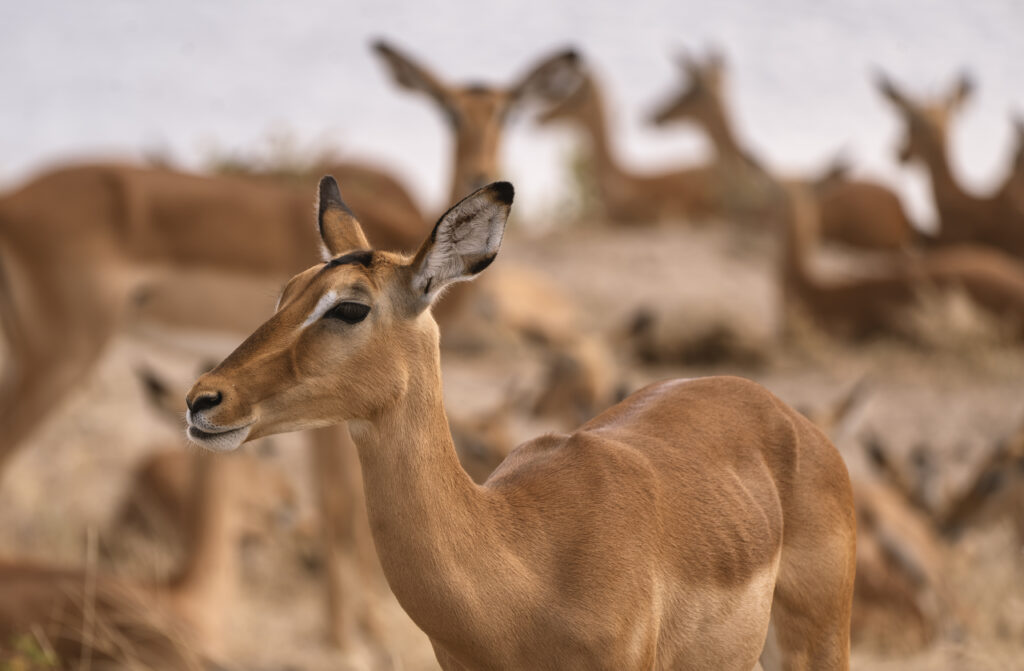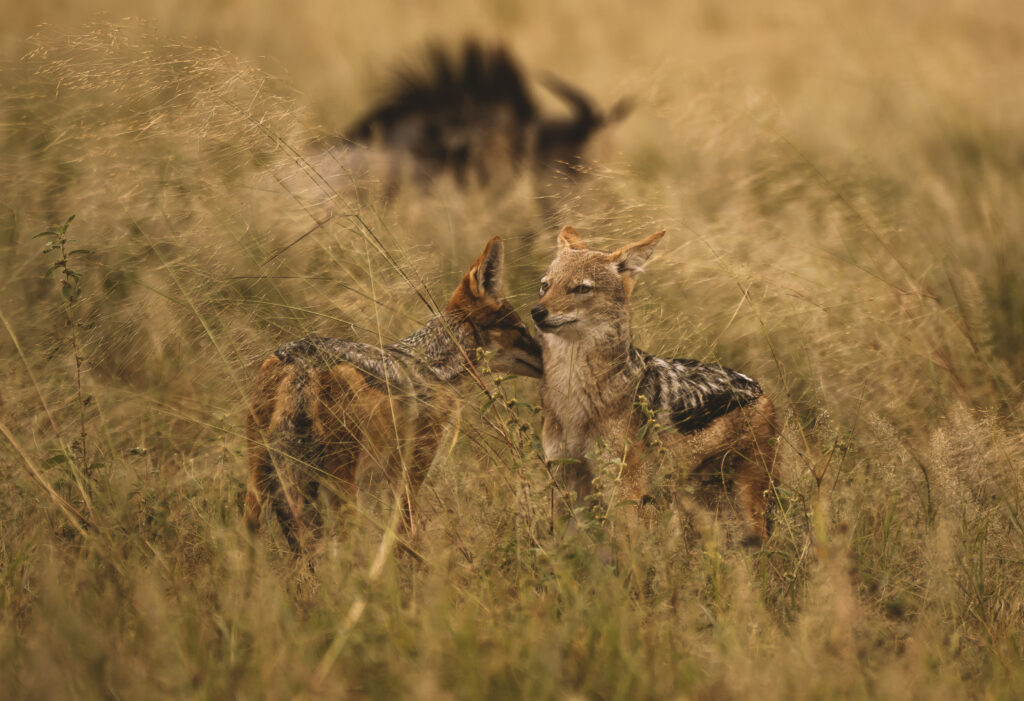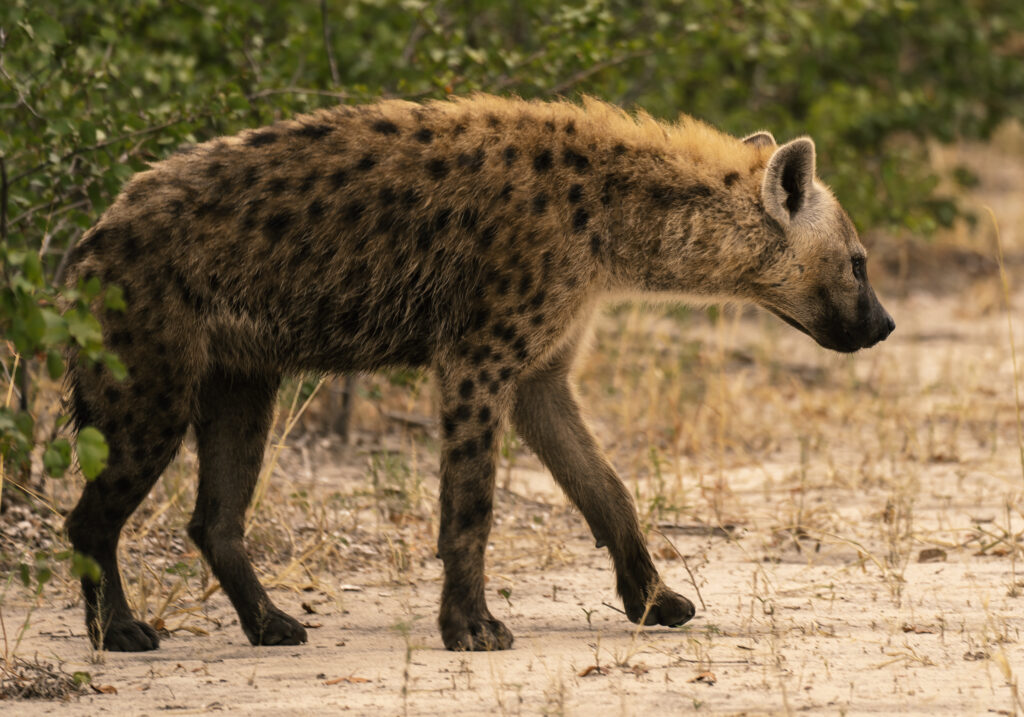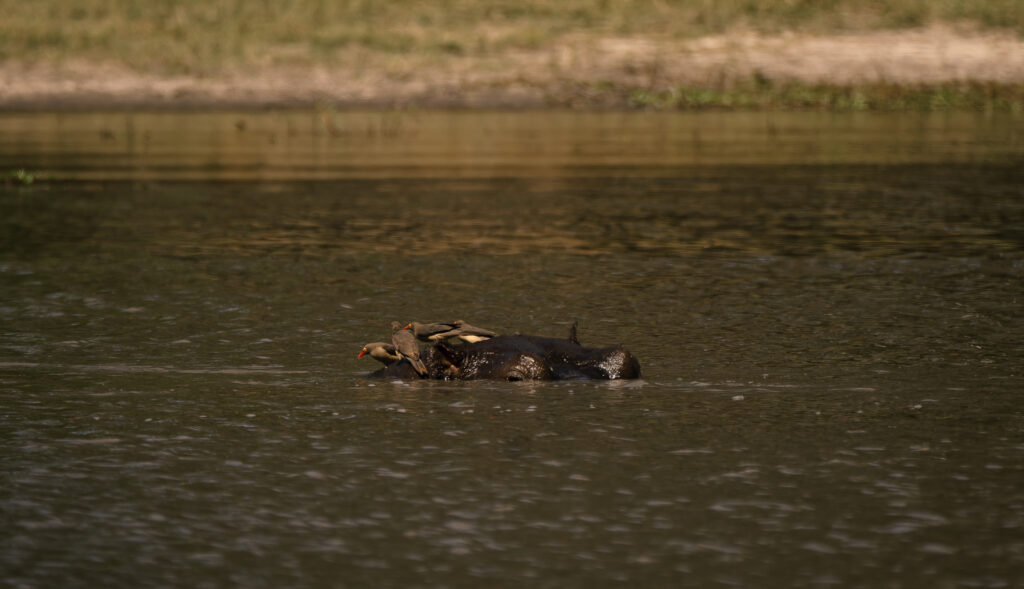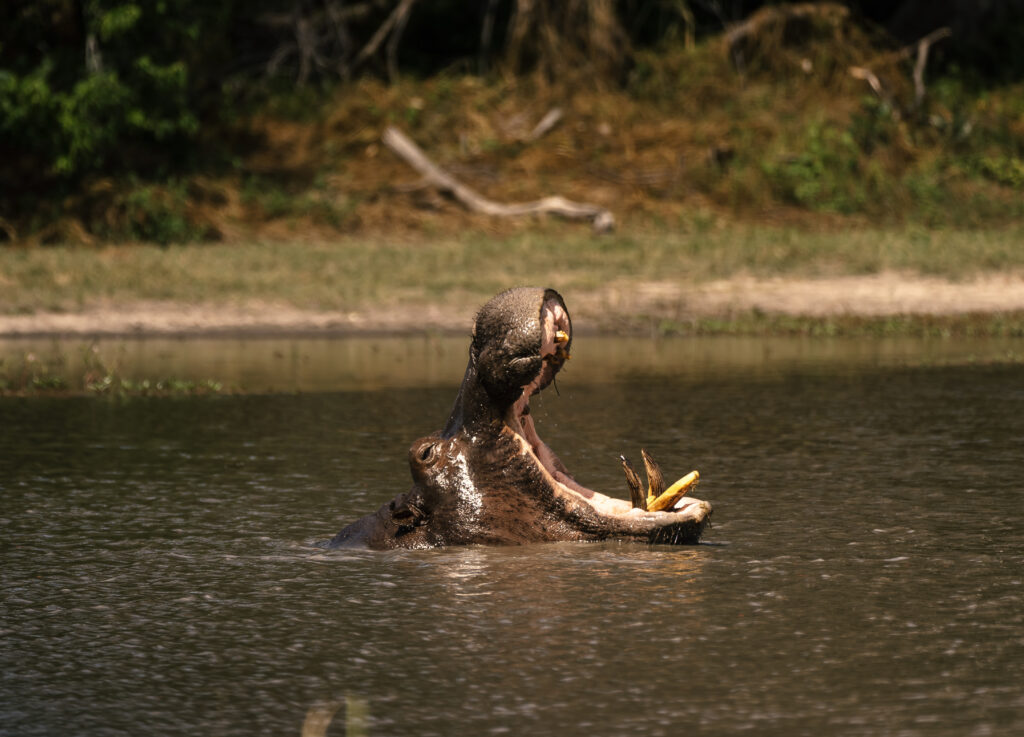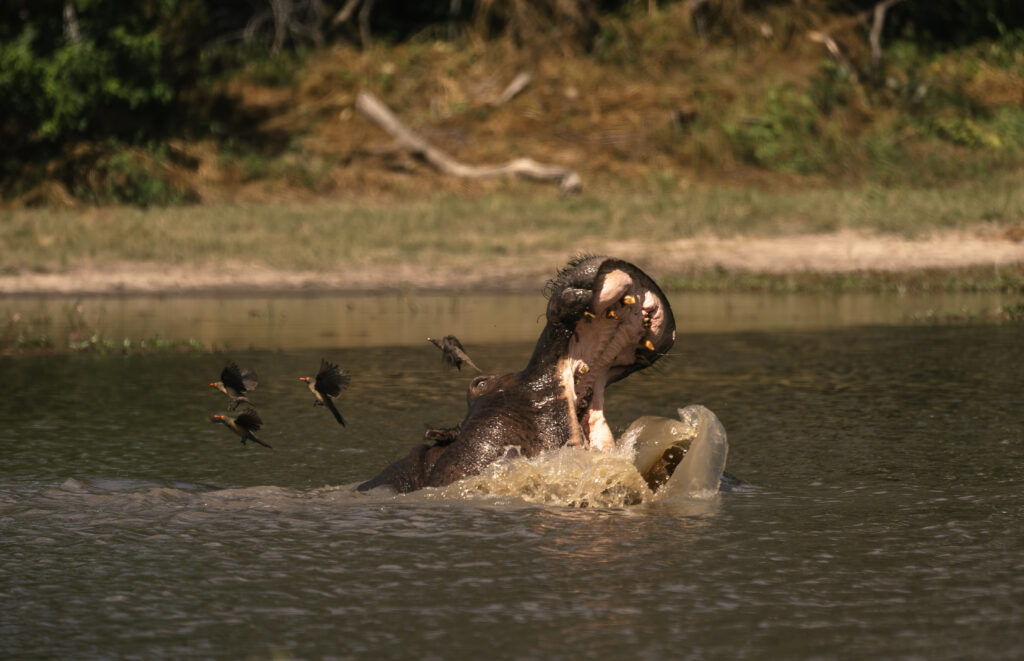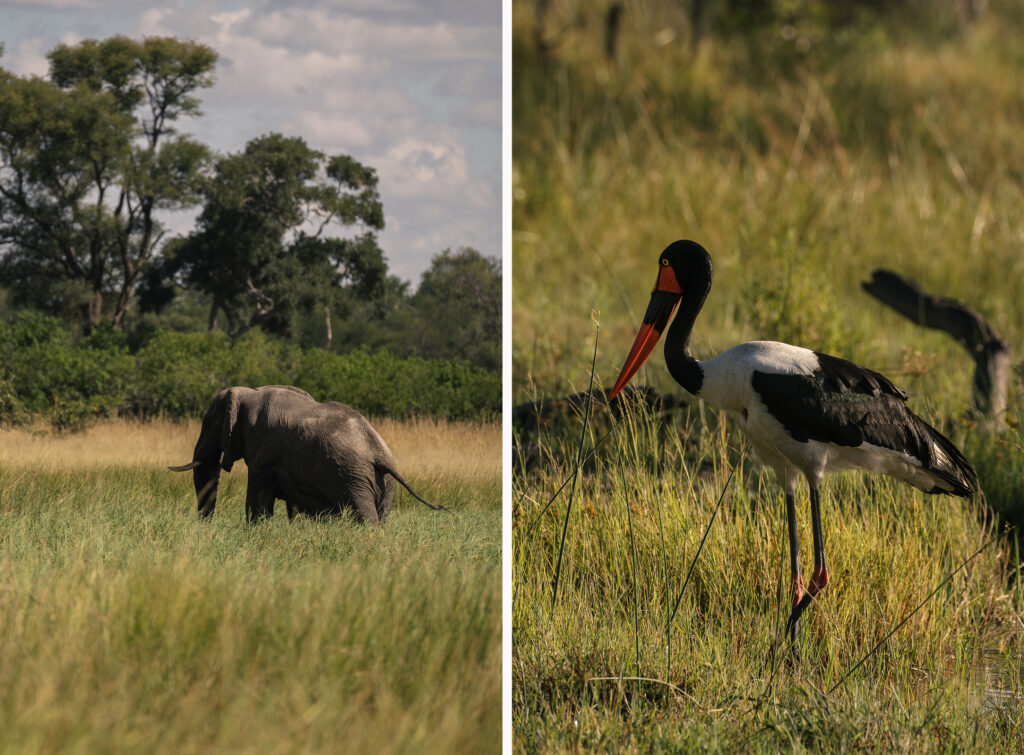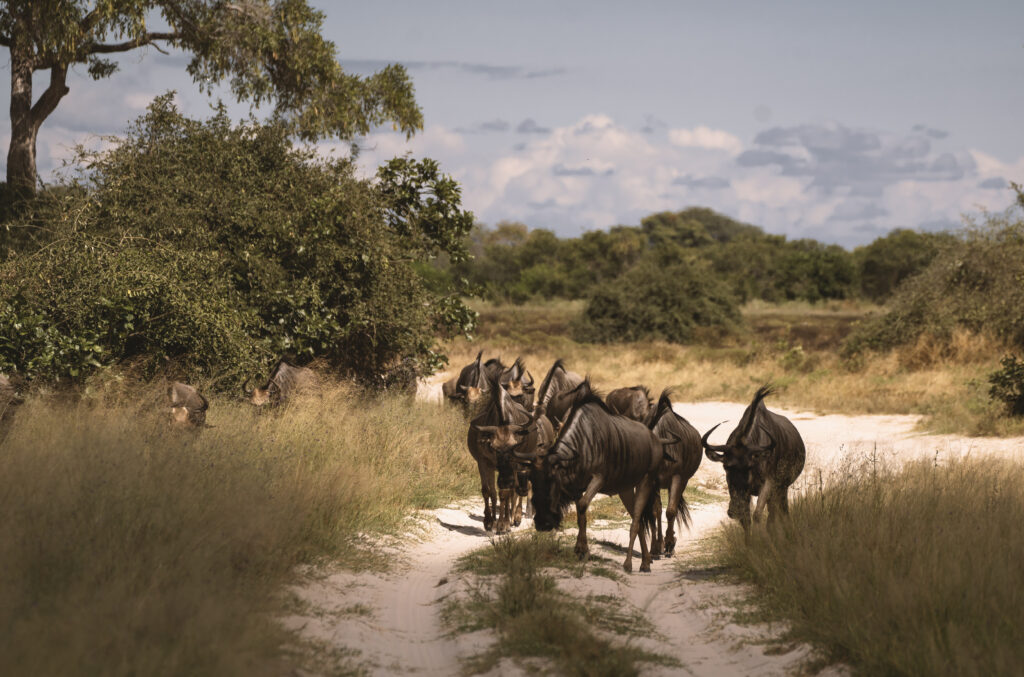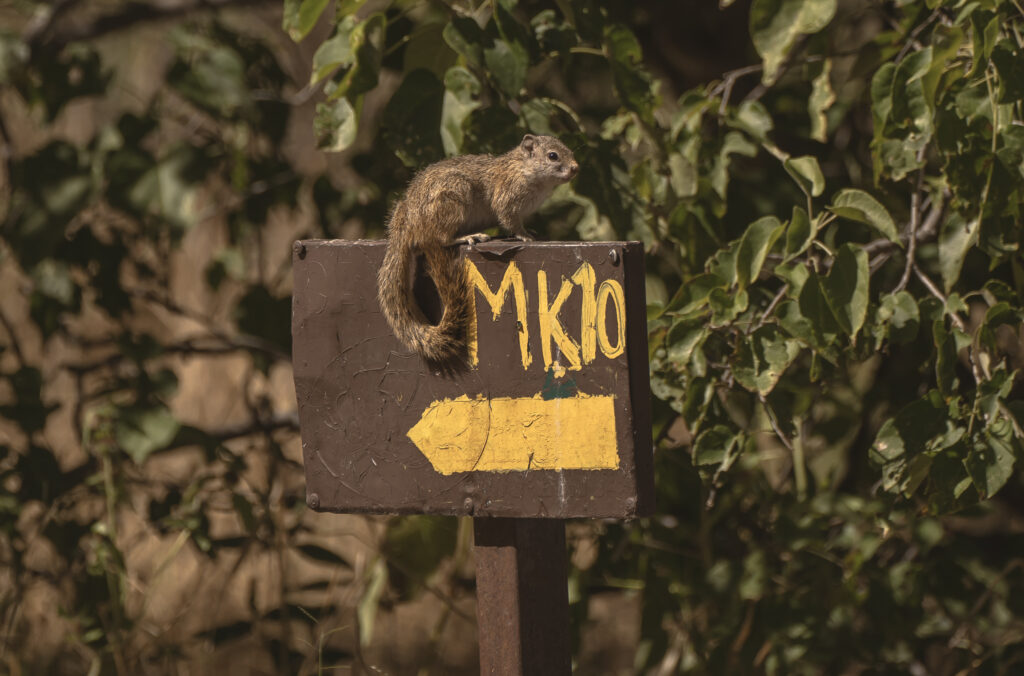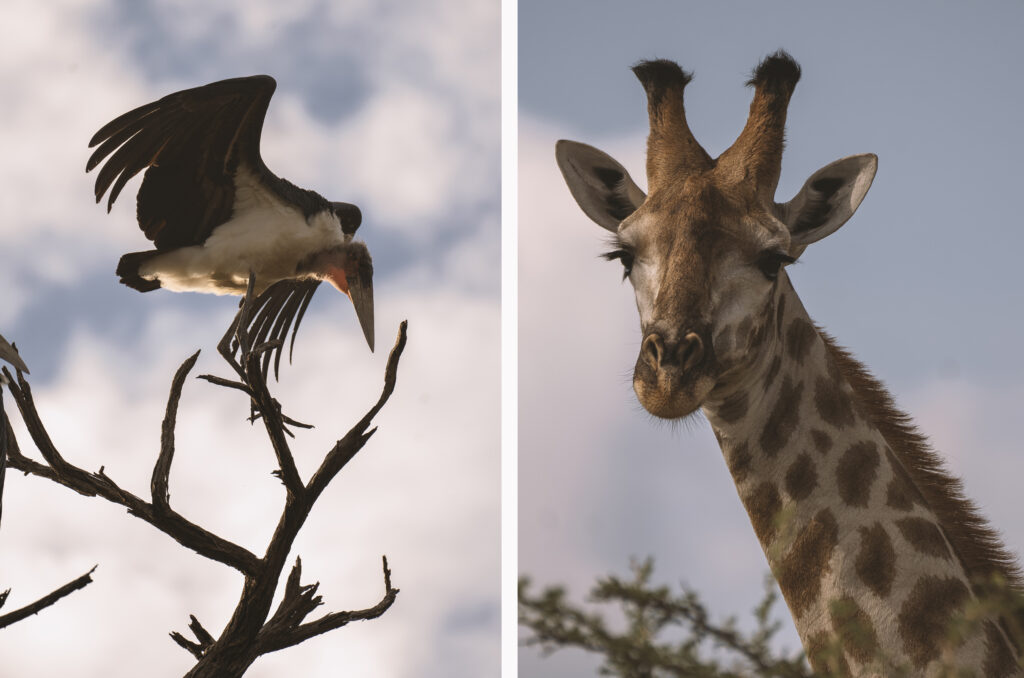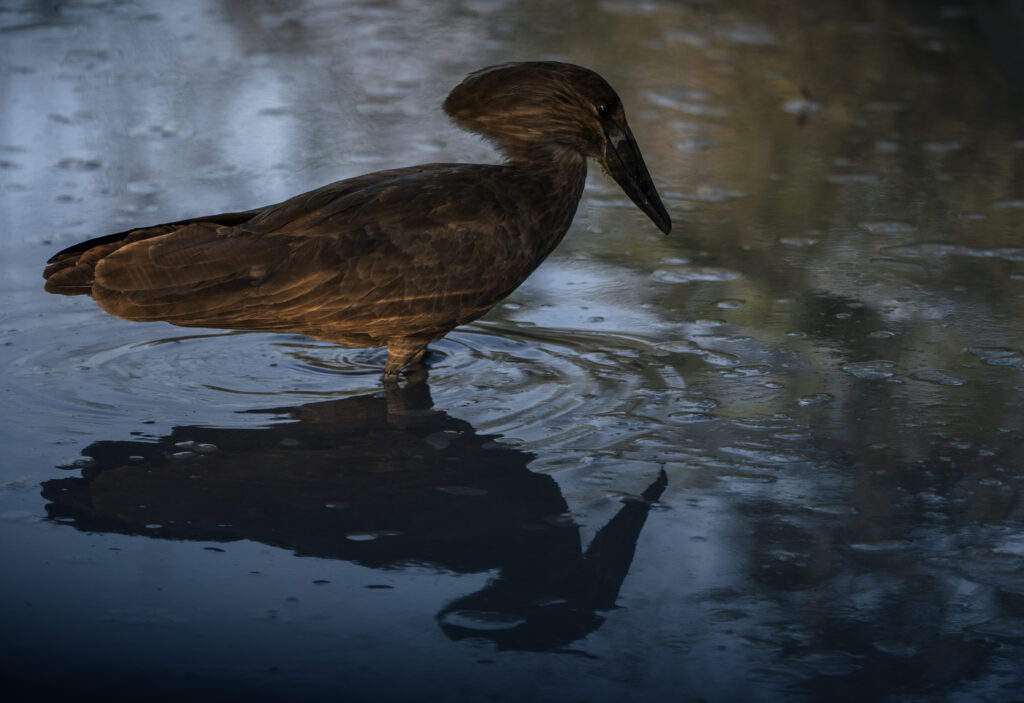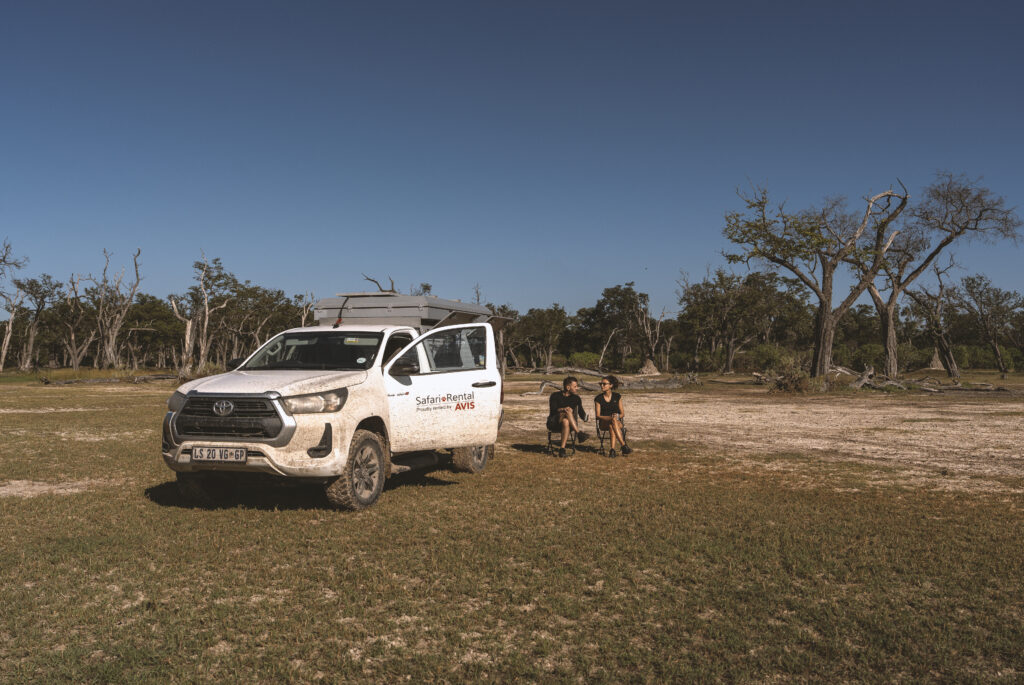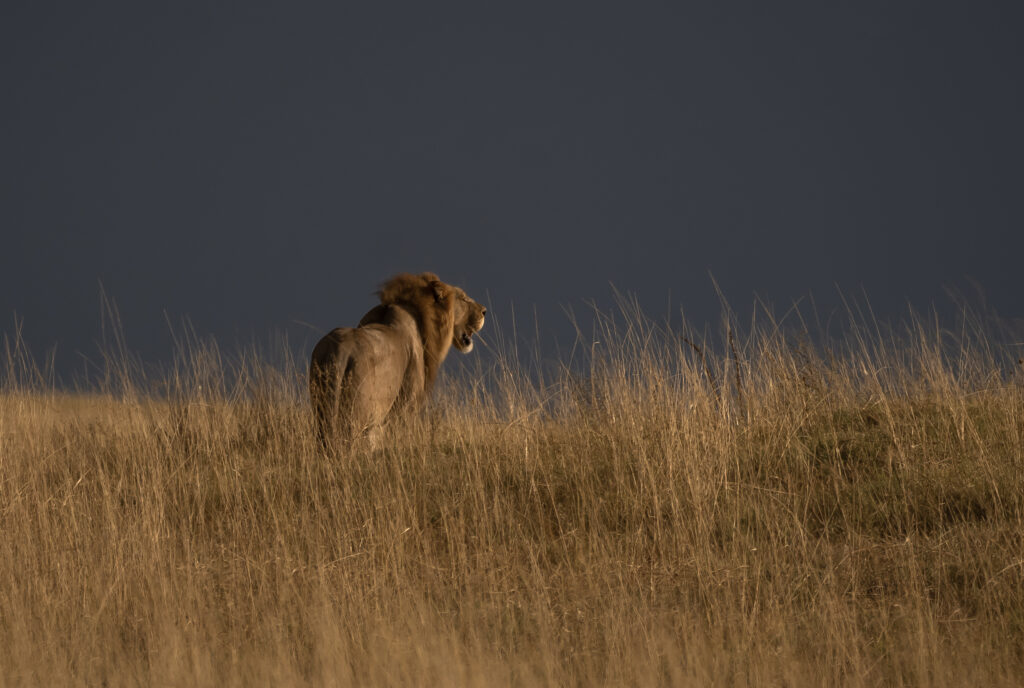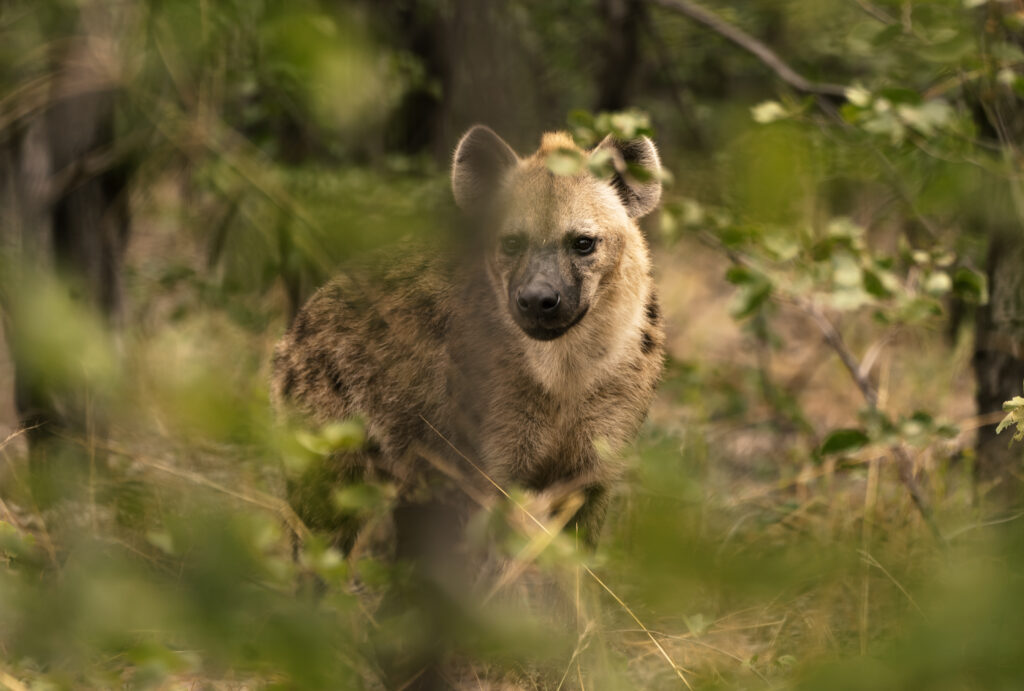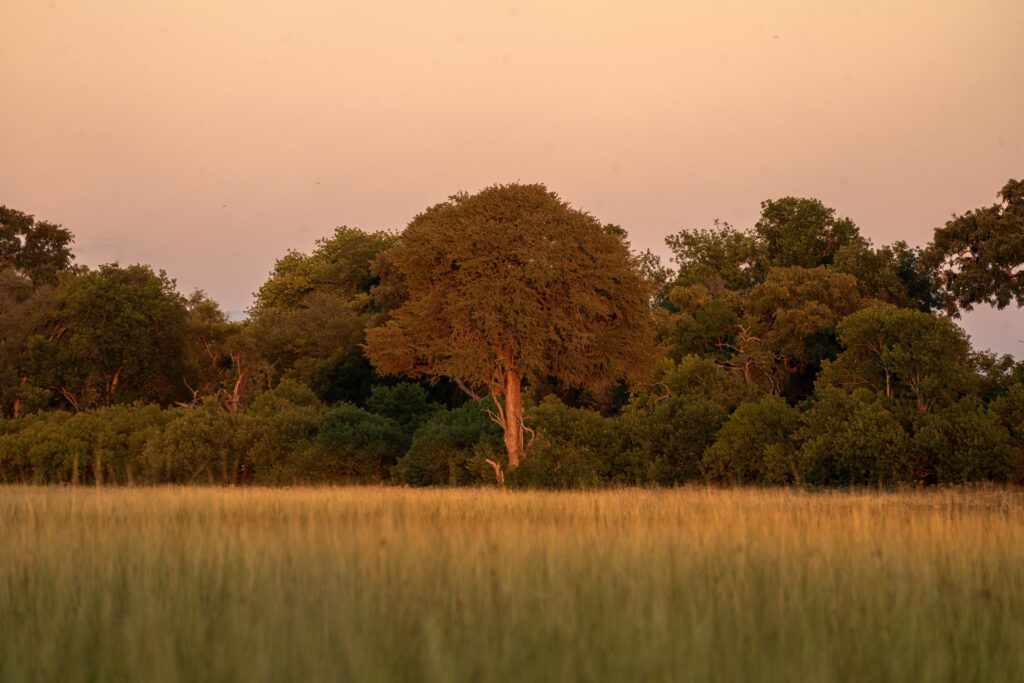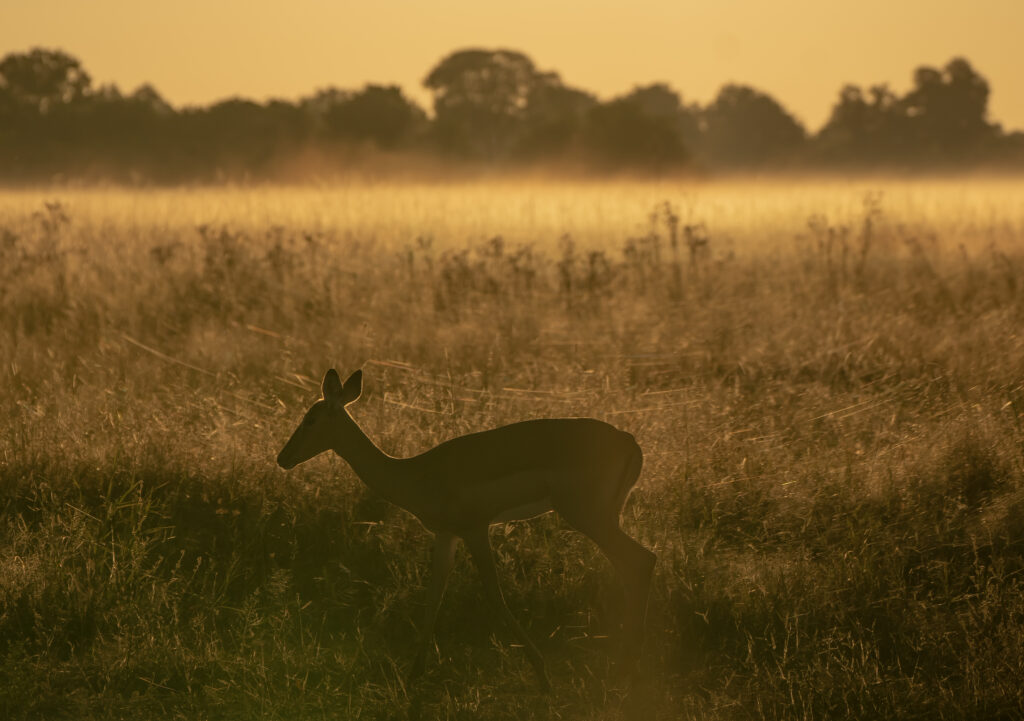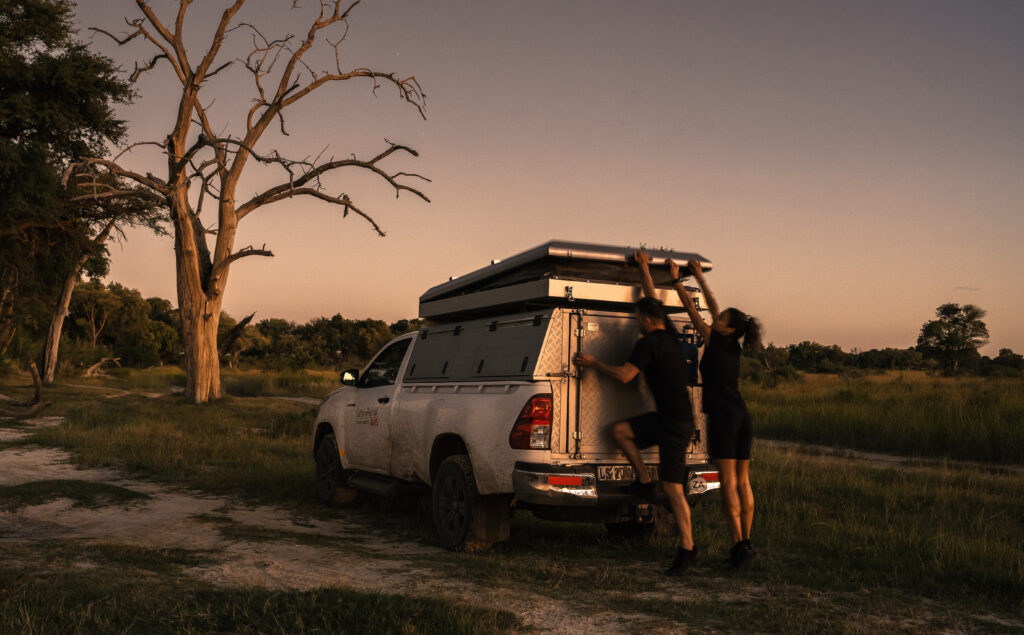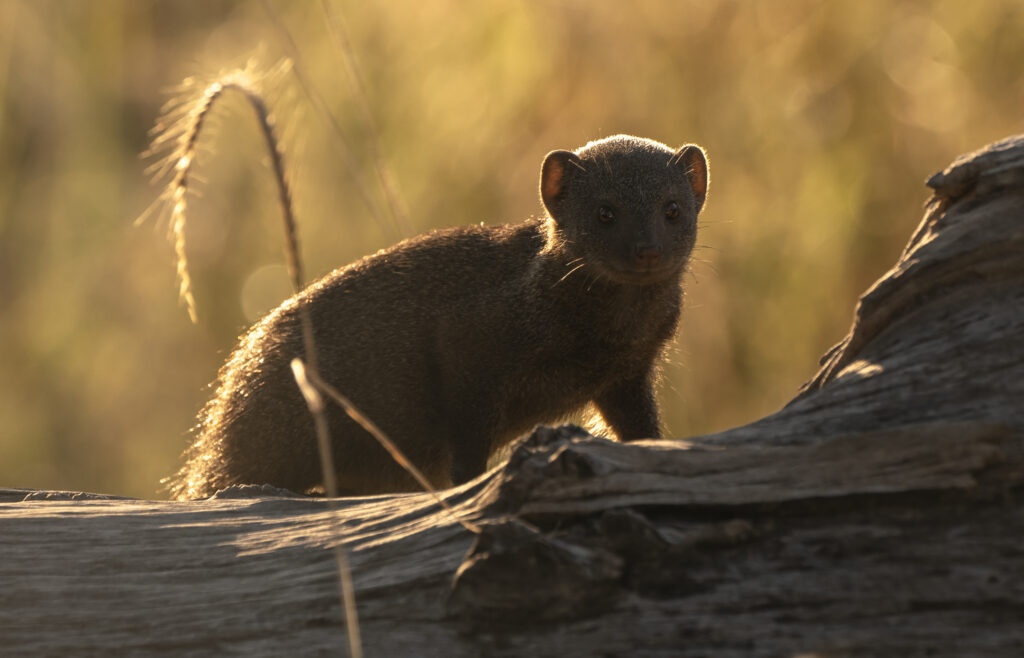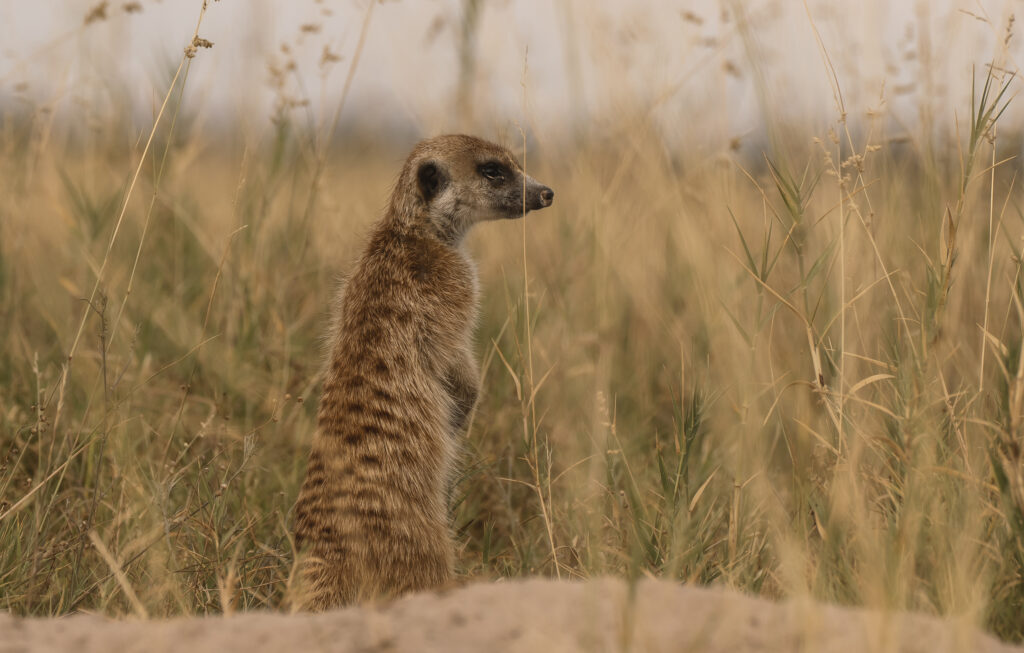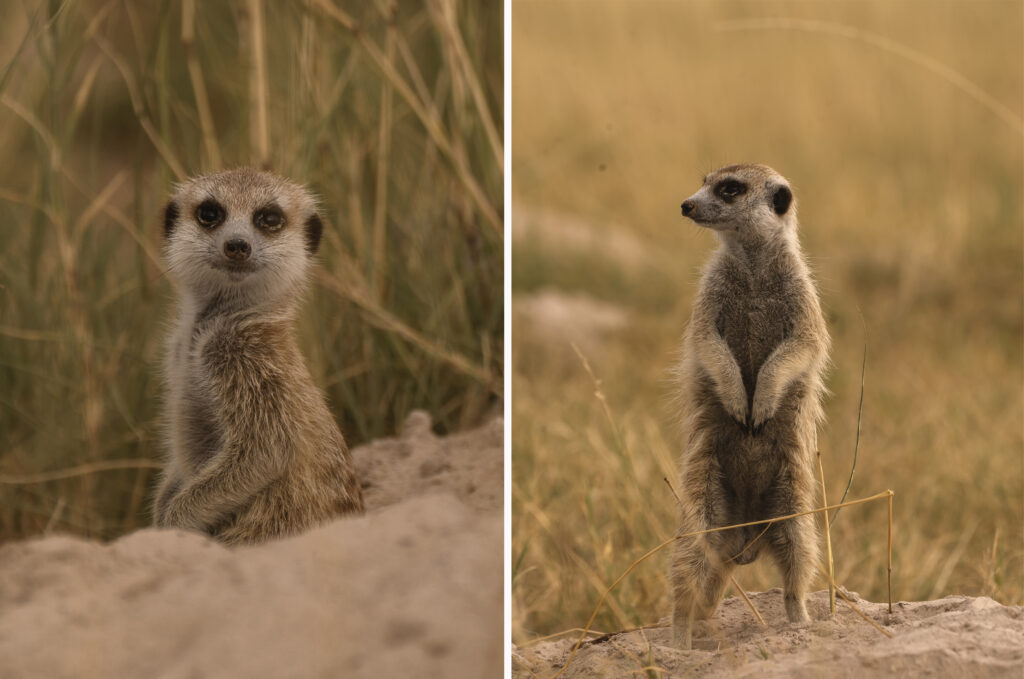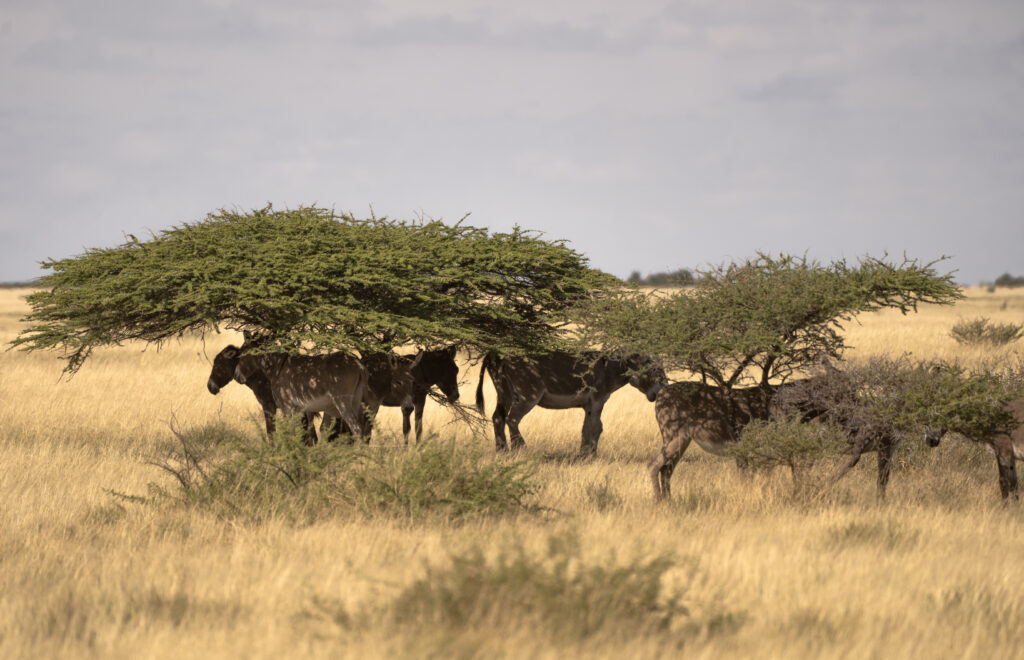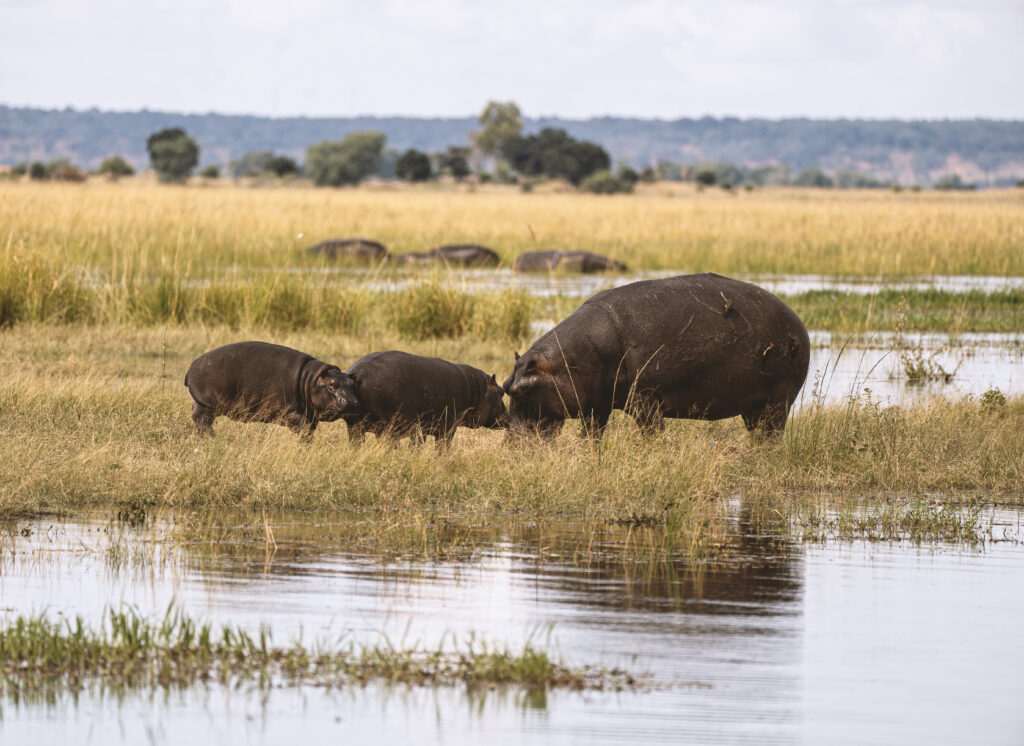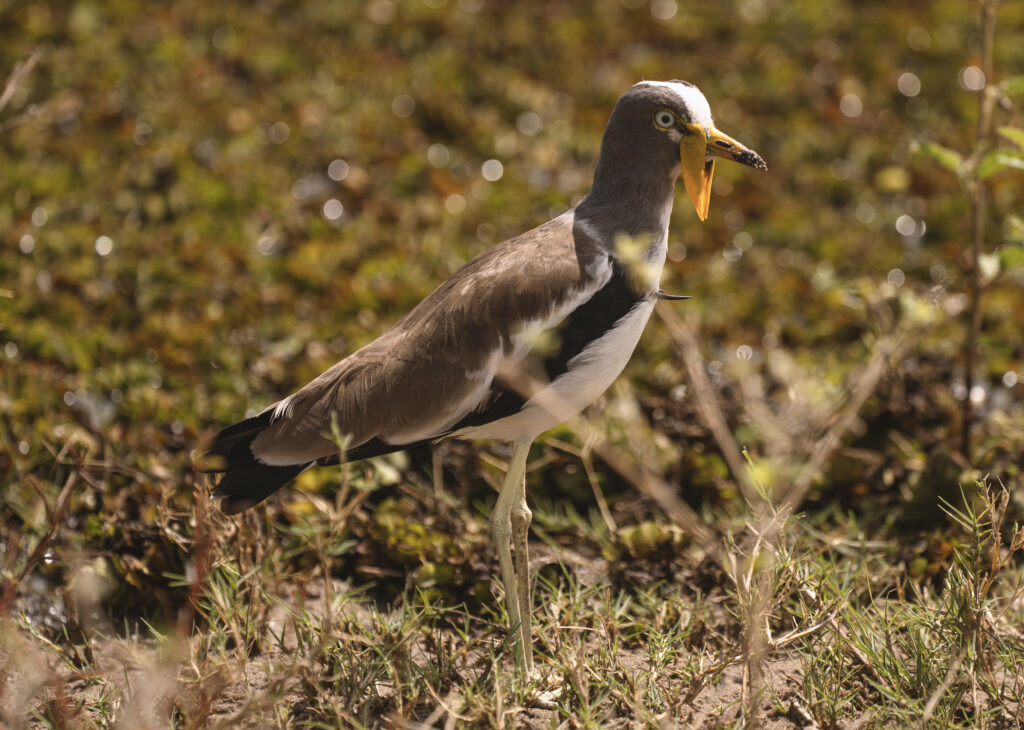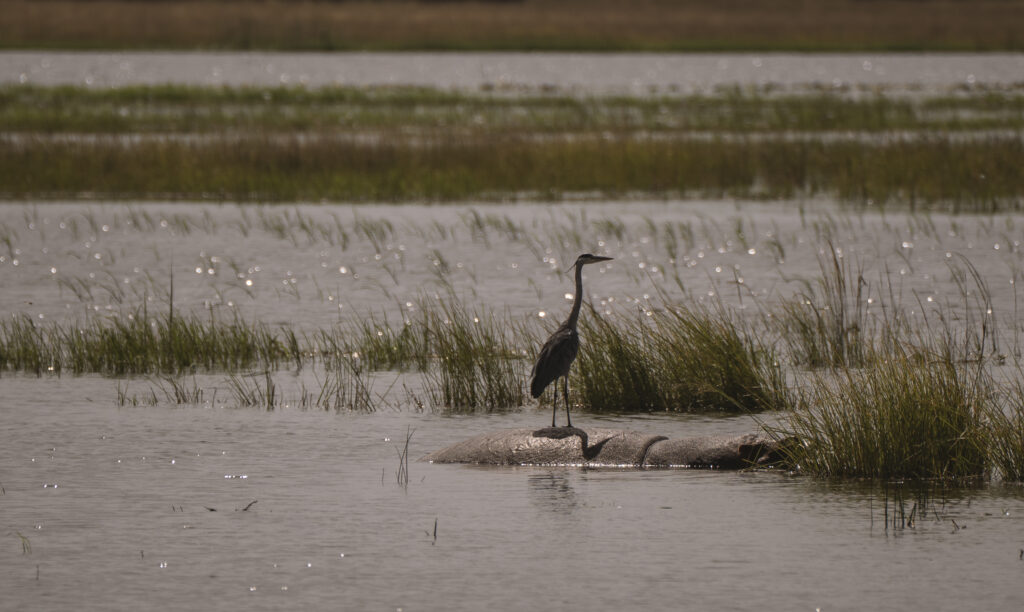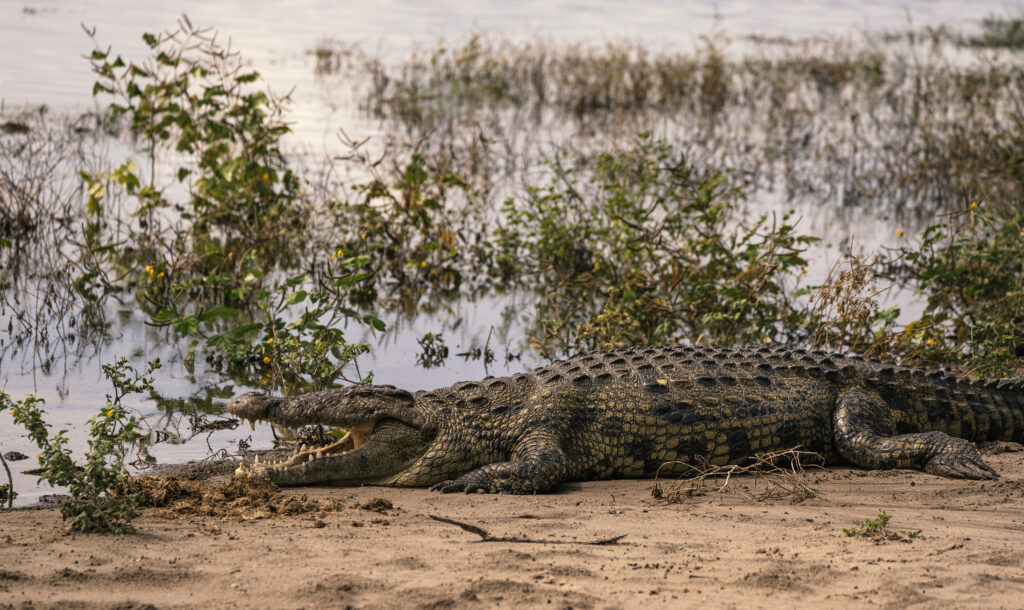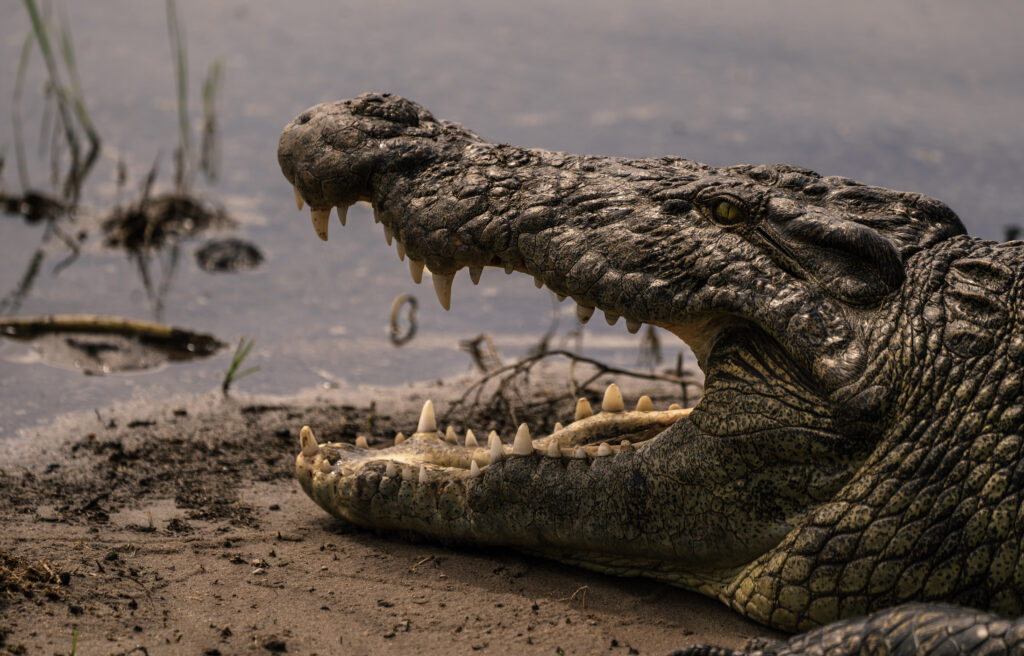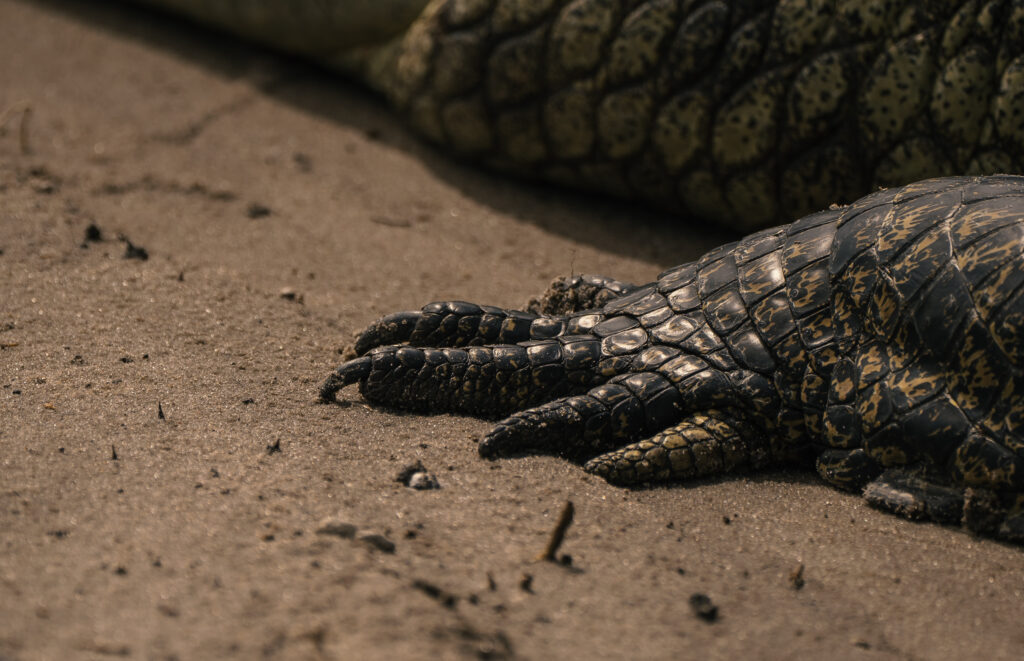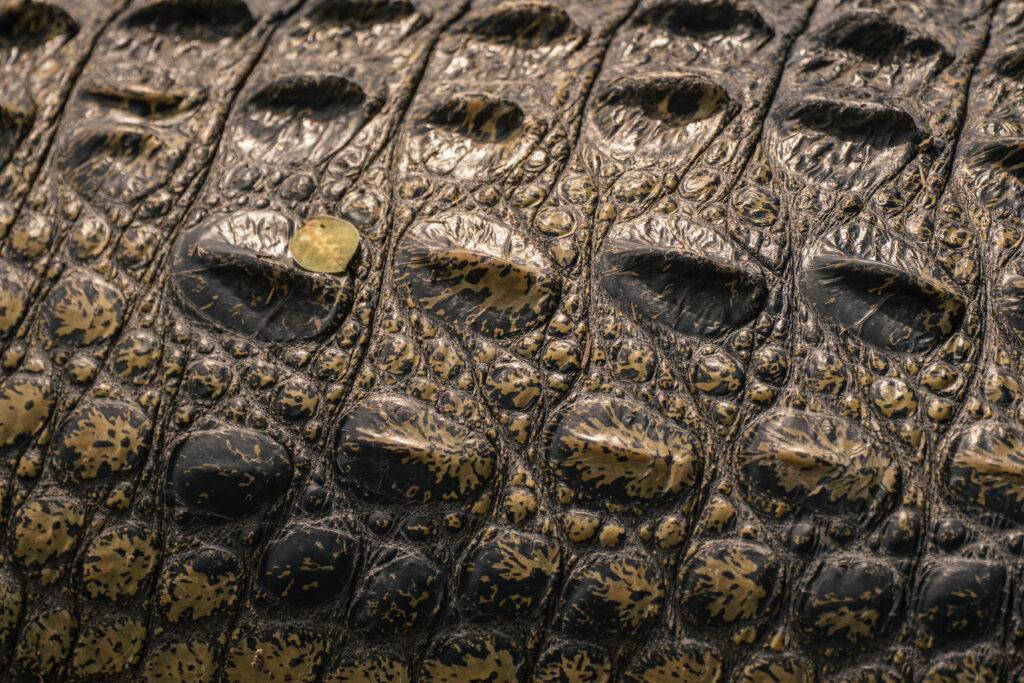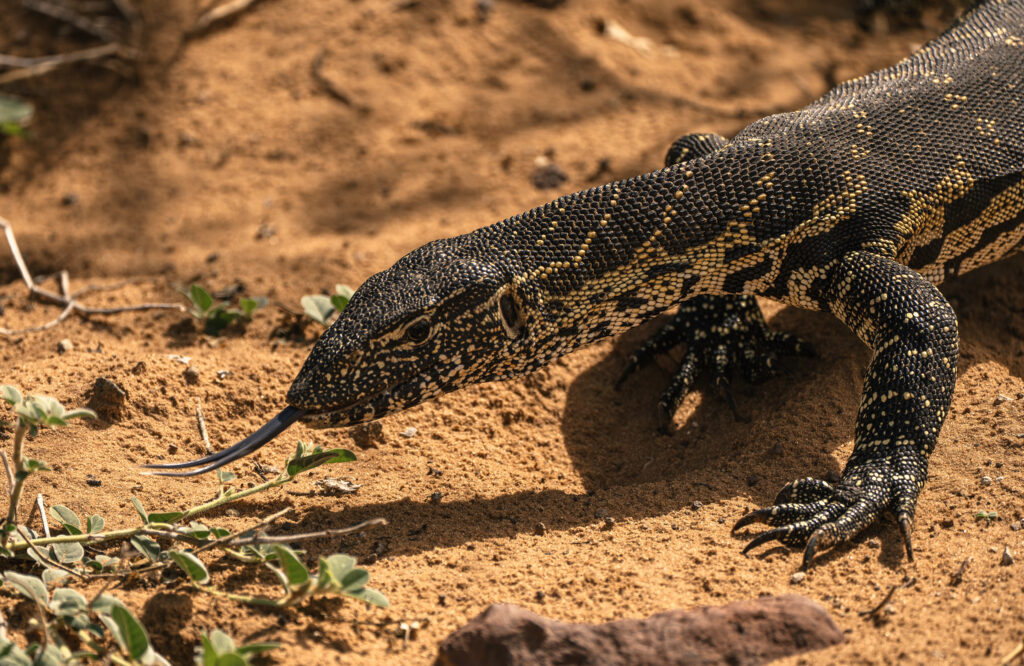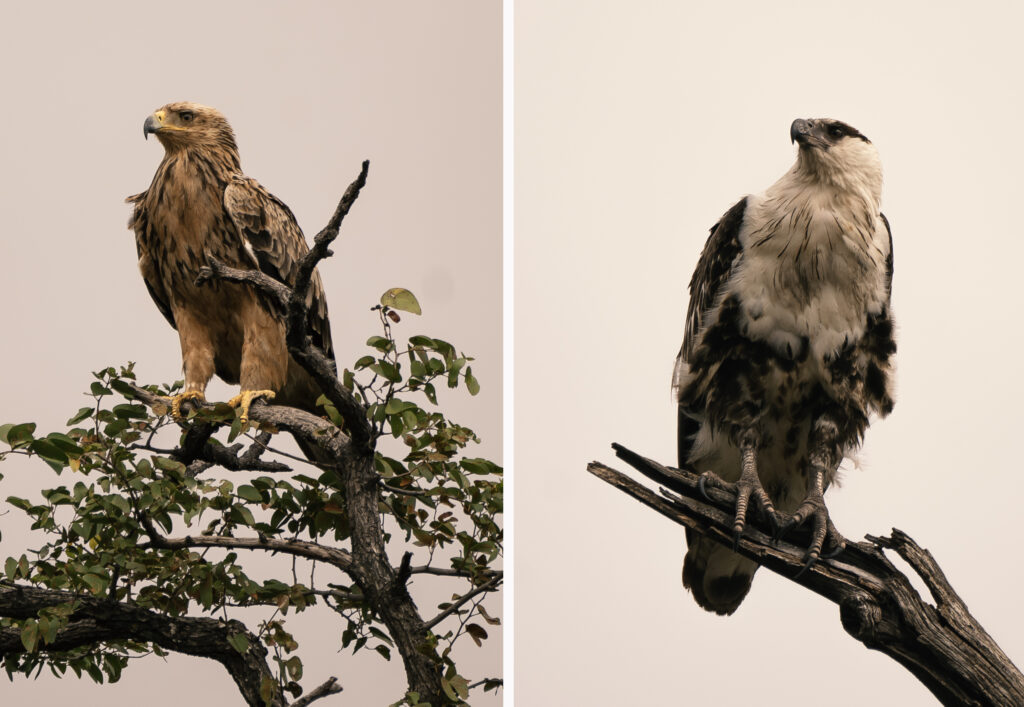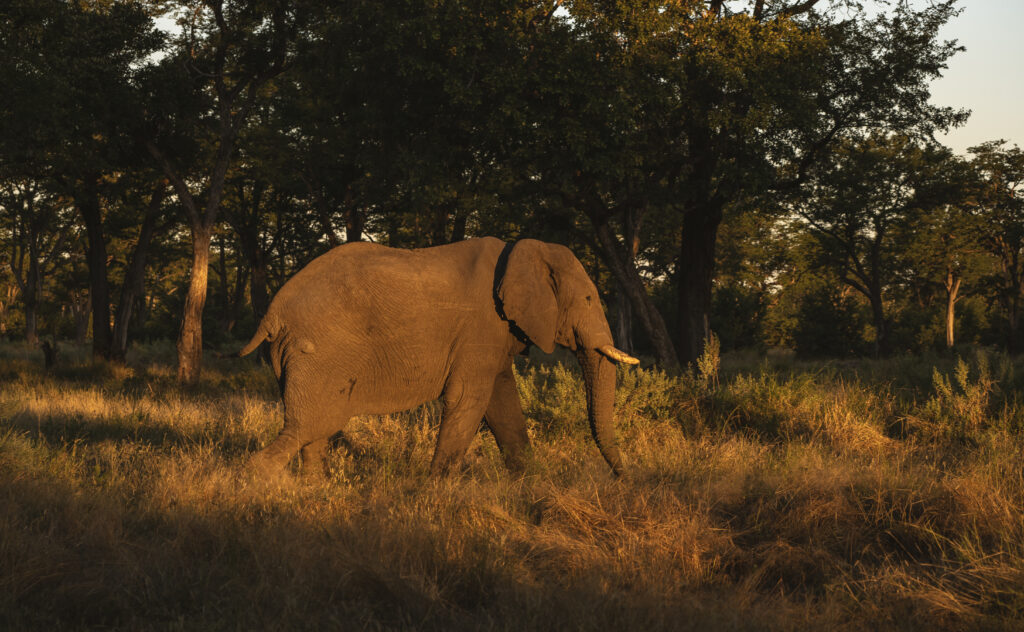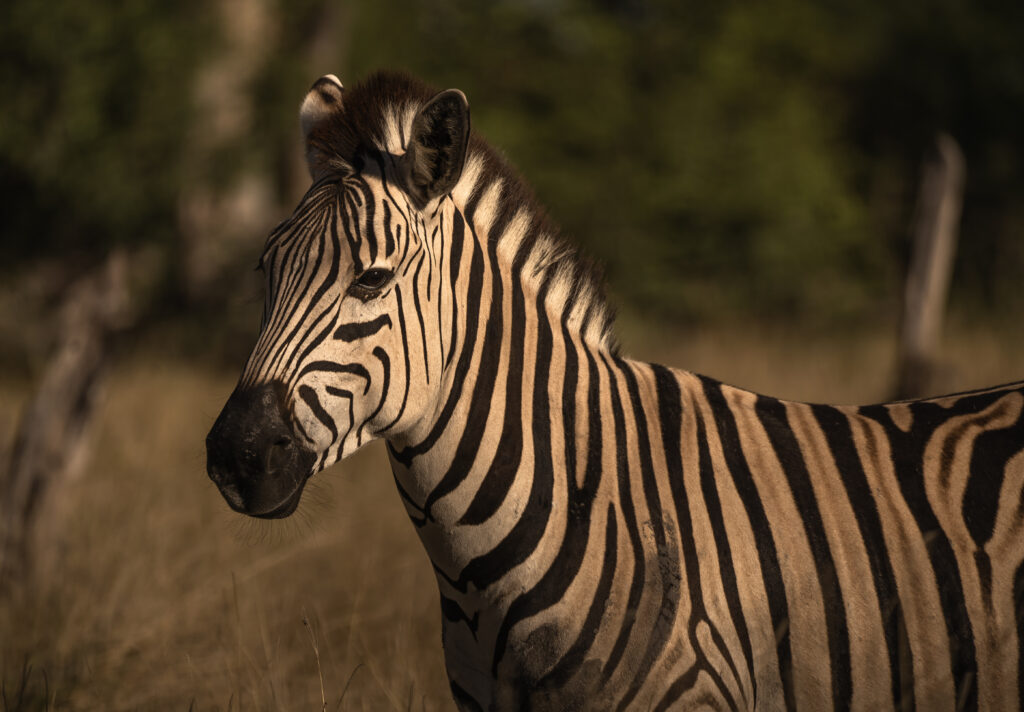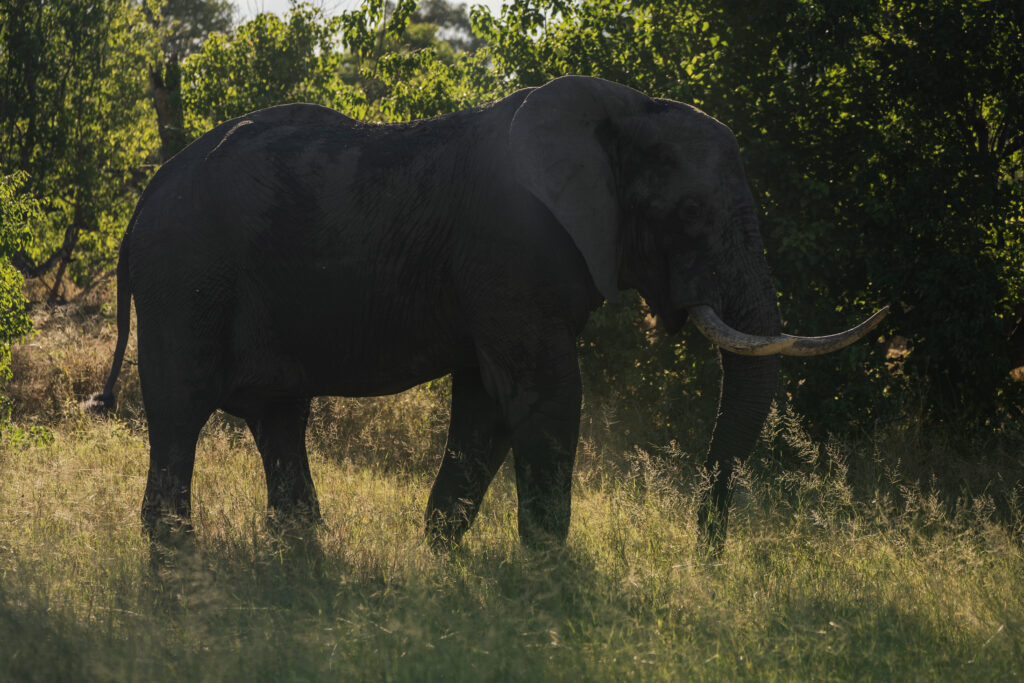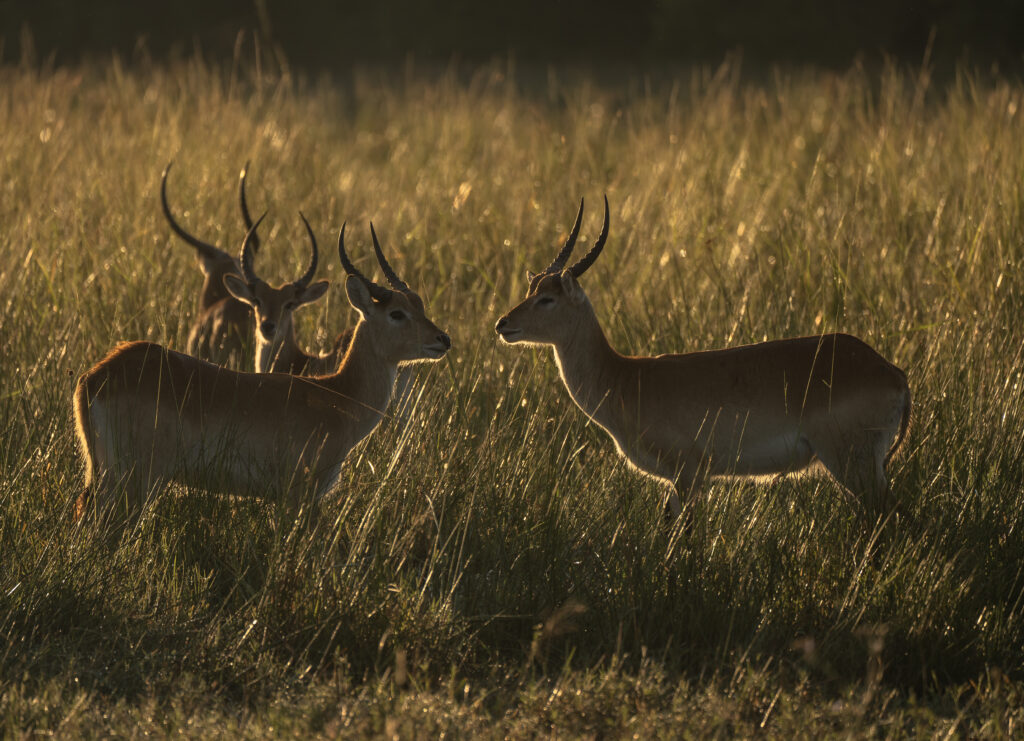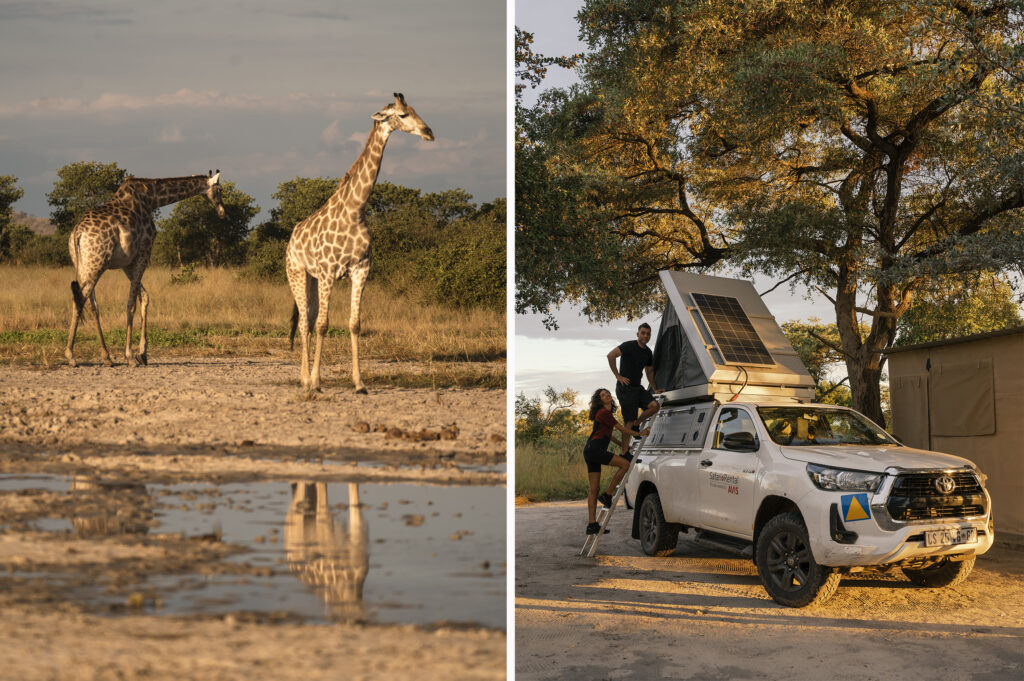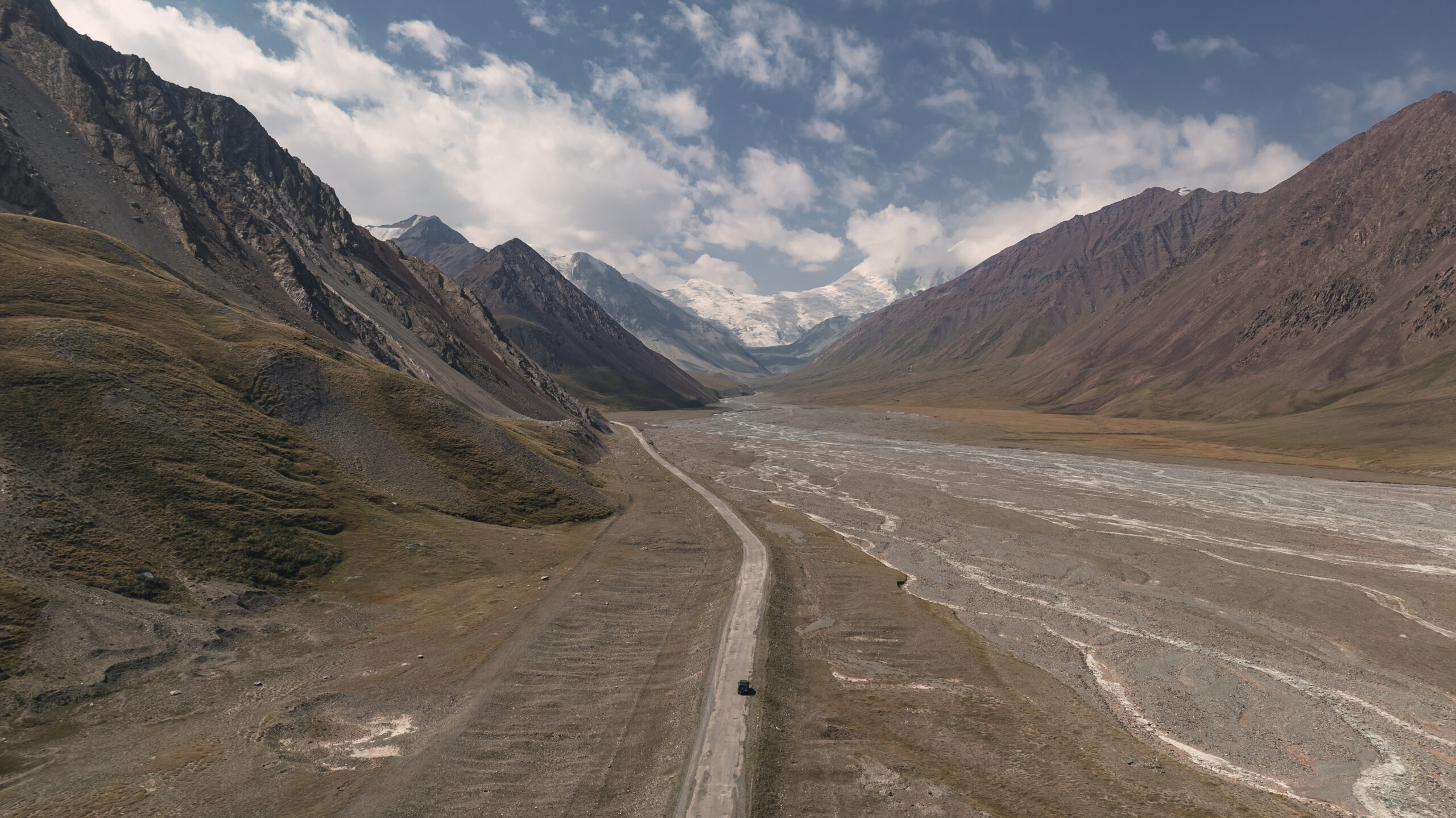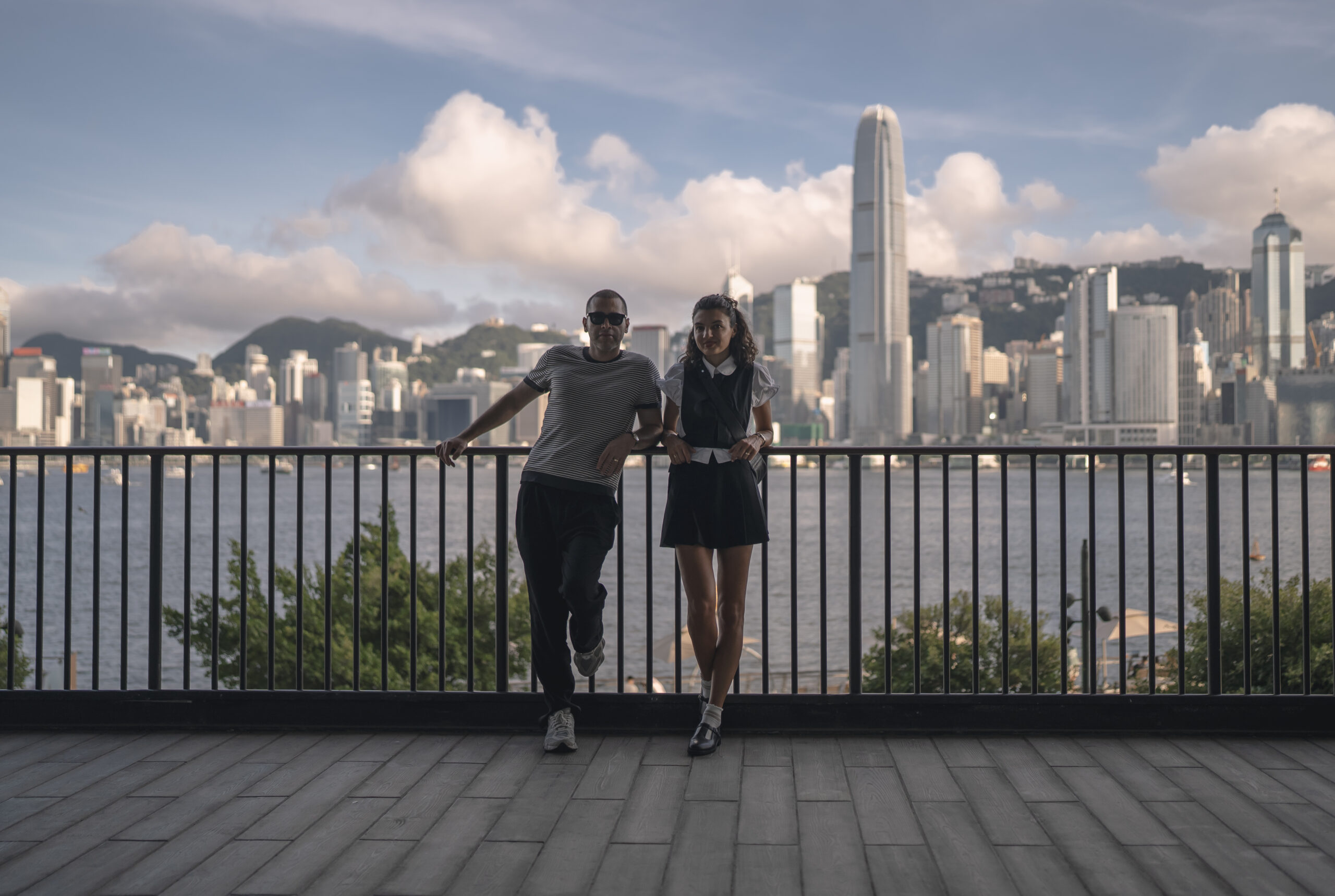All you need to know in order to plan your selfdriving trip in Botswana
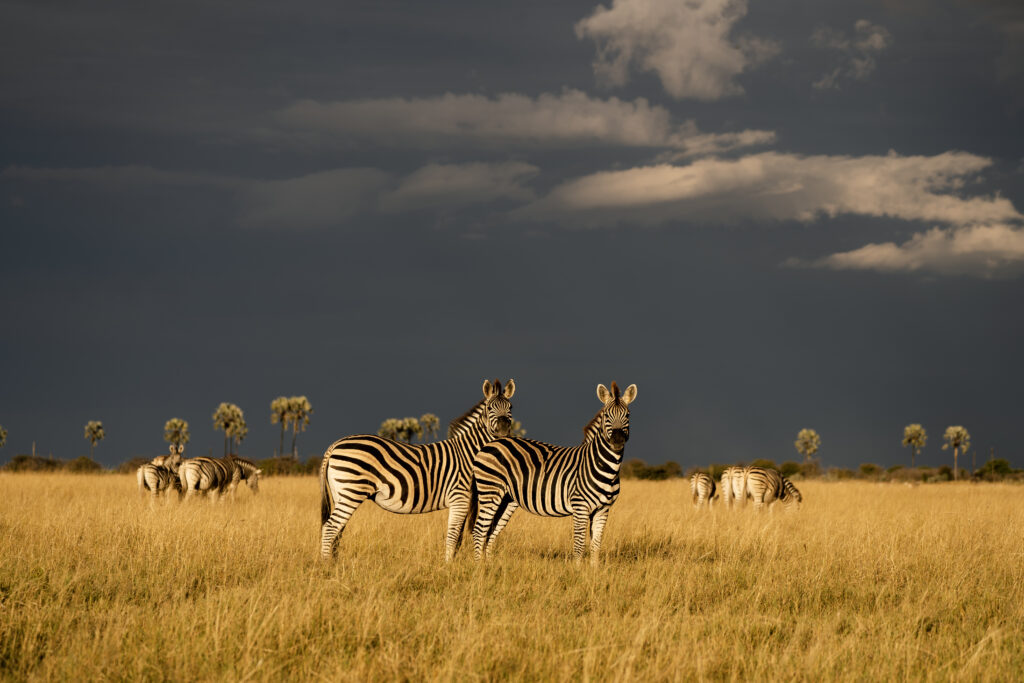
Botswana is one of the best countries for safari but, I have to admit, planning this trip was a bit more overwhelming than usual. Botswana has long embraced a high-value, low-impact tourism model, focusing on preserving pristine wilderness areas and protecting wildlife—a key attraction for eco-conscious travellers. And this is what makes it so wild and amazing.
However, unless you do proper research, you will have a bit of a hard time in logistics, as most of the things are extremely expensive the affordable options are often fully booked. We were not aware of this at the beginning, so after we bought the flight tickets, we found ourselves in a bit of a panic situation.
But I will try to summarize as best as possible this guide, in order for you to be able to plan a trip after reading it, without the need to search in one hundred places. I will try to attach the links for everything that we used, as well as other useful info. I will focus mainly on practical things, such as car rental, driving conditions, driving distance and time, fuel consumption / refuelling, booking campsites, game reserves and so on.
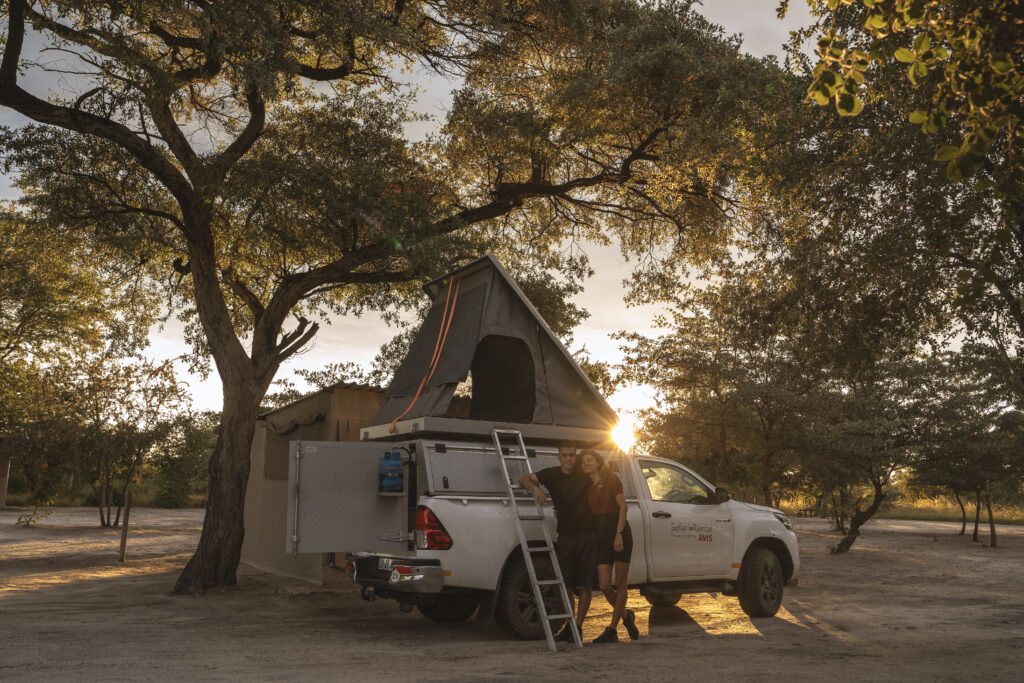
Getting there
There are 3 main airports where you can land in Botswana. These are: Kasane, Maun and Gaborone. Although one would expect to land in the capital, actually the best places to land for a safari are Kasane and Maun. However, both of them can be really expensive and Gaborone is far away. The other option that we found more affordable was to land in Victoria Falls airport in Zimbabwe, which is just 80 km across the border from Botswana and then cross the border via Kazungula border.
The area of interest is the northern part of Botswana.
Visa
Check with your government for visa status. We, as Romanian citizens, did not need visas for Botswana. However, we had to pay for a double entry visa in Zimbabwe.
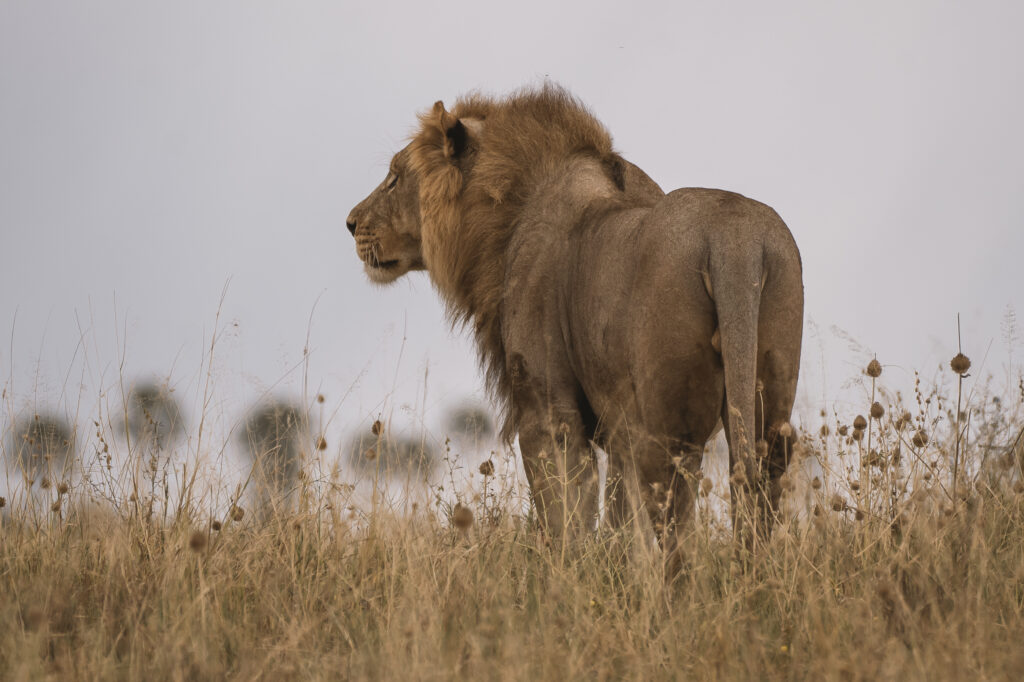
When to go
This is the most important question, before booking your flight tickets.
Generally, the best time to visit Botswana is during the dry season between May and October, when you can expect warm, sunny days (22°C to 35°C) and chilly nights. This is also when the water levels in the Okavango Delta are at their highest, creating the waterways and channels Botswana is famed for.
However, local people advised that August and September are actually the best months in terms of spotting animals. Being in the middle of the dry season, the water is scarce at that time, so the animals gather near the waterholes. Also, during that time, the grass is shorter in length and it is easier to spot the animals even from a long distance.
This doesn`t mean that all the other times in between are bad. We went at the end of April and we could still see a lot but the animals were far more spread throughout the parks and it was harder to spot big cats below the vegetation level.
The downside of going during those months is that most of the camps and/ or car rentals tend to be booked many months in advance.
Introduction to Botswana self drive trip
So, you booked or planning to book yourself a ticket to Botswana. What is next?
Well, you will have to book your car, camps and create your itinerary kind of all at the same time. The sooner, the better! This is actually what got me, because there is a lot of information to process regarding the driving distances and conditions, the areas where you want to camp, the name of the campsites, the websites where you can book the campsites and so on. Also, most of the campsites and car rentals require the payment to be made few weeks/ months in advance compared to other places in the world.
Below is a scan of a detailed map, highlighting the most important areas. These are highlighted in green: Chobe National Park, Okavango Delta ( Moremi Game Reserve ), the Salt Pans ( Nxai and Makgadikgadi National Parks ) and Central Kalahari Reserve. However, most of the people skip Central Kalahari because it is a detour and it is quite far away.
The most common itinerary is Kasane to Maun via Chobe – Khwai – Moremi ( or the other way around ) and then Maun to Nata via Makgadikgadi Pans/ Nxai Pans and then back up.

The most important campsites are inside the parks and it would be ideal to book those. If not, you can still do day trips, but it would take longer time and you have to comply with the park schedule ( more or less sunrise to sunset ). Contrary to what I had read before, nobody asked us for the camspite reservations at the gate.
It is possible to drive through the parks in between cities. The white roads are dirt roads ( 4×4 ) and the brown ones concrete roads. The speed limit inside the parks is 40 km/h and the road conditions depend on the season, but allow extra time.
You will need a 4×4 inside the park.
There are no fuel stations in the parks and the most critical part is from Chobe to Moremi. ( will detail later )
There is absolutely no mobile coverage outside the cities/ villages and you will need a downloaded offline map to get around. We highly reccommend Maps.me, Tracks4Africa and IOverlander.
Consider having a satellite phone with you, there are many places where you can get stuck and encountering other cars is quite rare.
The country is wild and so are the campsites. There is no fence whatsoever, so walking to the bathroom ( ablution ) at night is not really an option. There could be wild animals anywhere. Also, during the day, you are not allowed to get out of your car or to leave the tracks in order to follow animals.
Theoretically you can pay the entrance fees at the gates by card and we did most of the times, however, it is good to have cash. Sometimes, there is no electricity or the machines don`t work.
It is not allowed to do wild camping.
Botswana is home to a third of African Elephant population and many other species. Meerkats can only be found near the Salt Pans.

Getting around: car rental
There are options of car rentals in Botswana but most of them are either expensive, either fully booked, or they request a super high deposit. We had a hard time in finding an affordable and available car and exchanged over 50 e-mails. Some companies are based in Maun, others based in Kasane and delivering the car to the other one is pricey. We couldn`t find any option to rent a car from Zimbabwe and drive it across the border. Apparently it is too complicated.
After a lot of research and exchanging e-mails, we found the best price/ quality ratio at Avis Safari Rental in Kasane and we were super happy with our choice. The car was in a very good condition, fully equipped with everything we needed and the best part was that the tent had a hard top, which made it extremely easy to use. We reccommend them and we would use them again in the future, if we return. Initially we had a contact problem as the e-mails didn`t go through but afterwards everything went super smooth. However, I will leave here the contact details of the persons in charge, in case you encounter the same issues: teresa.jentsch@zeda.co.za ( our contact person ), Kevin Manager whatsapp +27767854784.
The good thing is that the deposit they request is super low ( about 200 $ ), mostly compared to other companies which require 2000 -3000 $. The annoying thing is that you have to insist a bit so that they release it, but they do it eventually.
We booked the satelite phone via their partner ( person of contact Shana – shana@sat4rent.co.za ) K
Below is a list of the other companies that we researched:
The most popular/ reputable company is Bushlore, based in both Kasane and Maun. We couldn`t find any availability but we met people on the way which had rended from them and we could see that they were using regular tents, which are harder to fold/ unfold.
Another company is Bushtrackers, based in Maun. They had availability but they requested around 450$ extra to deliver the car to Kasane.
There is also Chobe4x4, based in Chobe, which had good reviews but we found it super expensive and requesting a high deposit ( around 2-3000 $ ).
We also contacted Botswana Footprints, which is mainly a travel agency but they also do 4×4 rentals.
We also contacted Tawana, based in Maun, but they didn`t have any availability either.
There are people renting from third parties agencies, such as Drive South Africa or SelfDrive4x4, with whom we exchanged some e-mails, but they bring the cars from South Africa and they don`t have a physical office in Kasane or Maun, so we were a bit skeptical.
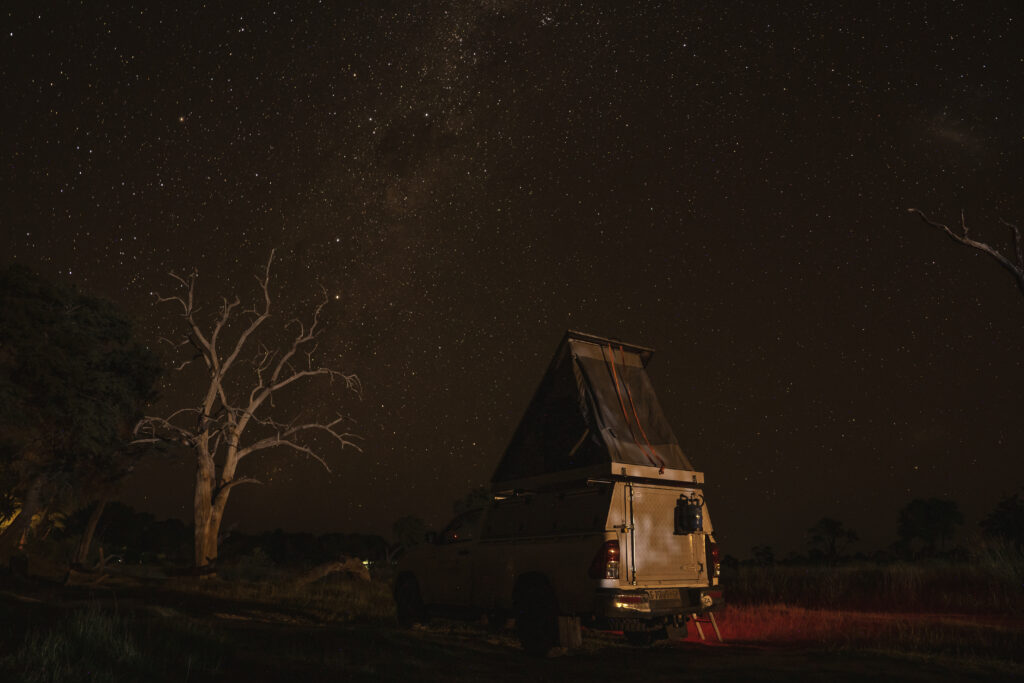
Campsites
There is a limited number of campsites inside the parks and these have to be booked in advance. Some of them are managed by DWNP ( the Government ), others by private operators, such as African Reservations, Xomae and SKL Camps. The camps can be booked directly or through an operator against a fee. Usually, they have camps in the same locations.
The most important campsites are:
-
- Moremi Game Reserve – Xakanaxa, Third Bridge, South Gate
-
- Makgadikgadi Pans – Khumaga ( west side ), Tree Island, Gweta Lodge ( outside the park ), Planet Baobab ( outside the park ), Khubu Island ( in the south, the farthest one )
-
- Nxai Pan: Baines Baobabs, Nxai South Camp
The list above is very brief and is meant to offer a bit of a guidance. The full list of campsites/ lodges can be seen on African Reservations , Xomae and SKL . We personally found SKL to have better conditions.
We opted to book them ourselves but we also found this company – Botswana Footprints – that could do it for you against a 70-80$ fee. We exchanged few emails with them and they seemed to be helpful and responsive. They can also help with the itinerary.
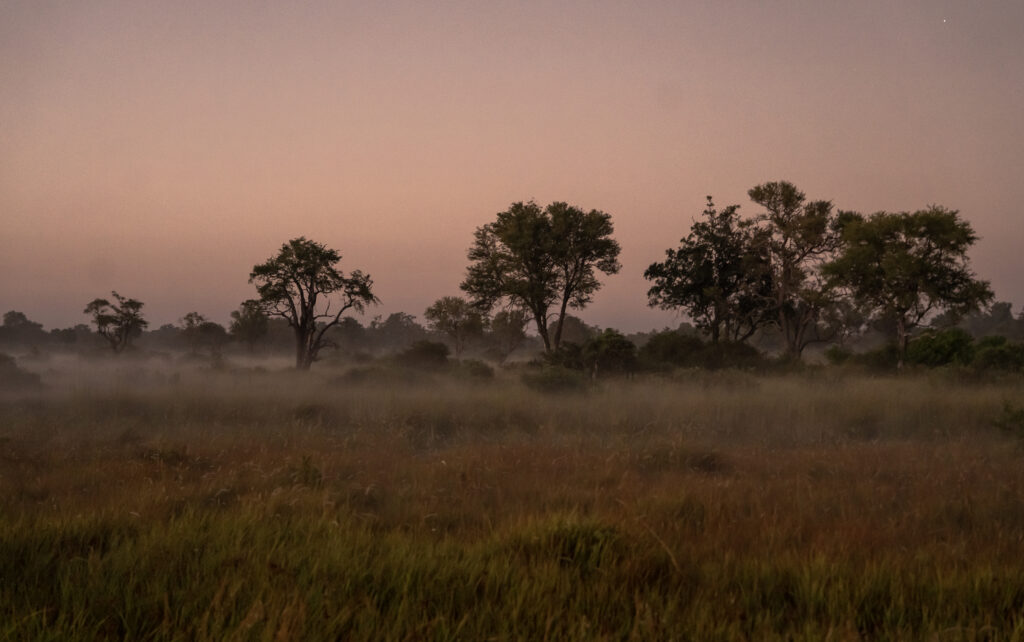
How much time do you need?
Ideally, as much as possible but I know a lot of people, same as ourselves, do not have a lot of time. Try not to chase the campsites but rather have some time for game drives. Whereas you can spot animals while you go in between camps, chances are lower. We would suggest to have at least a day or two in each area to allow for game drives.
So, in between 2 and 3 nights in each park would be a minimum. Anything above that is great. Exception is Chobe – the riverside area, which is right next to Kasane and can be accessed on a daily basis from the town.
We sometimes had only half a day, but it was still ok, as we managed to see some wildlife.
For reference, we had about 8 days and we managed to do Chobe, Okavango, Makgadikgadi pans and meerkats visit. We will post our itinerary below.
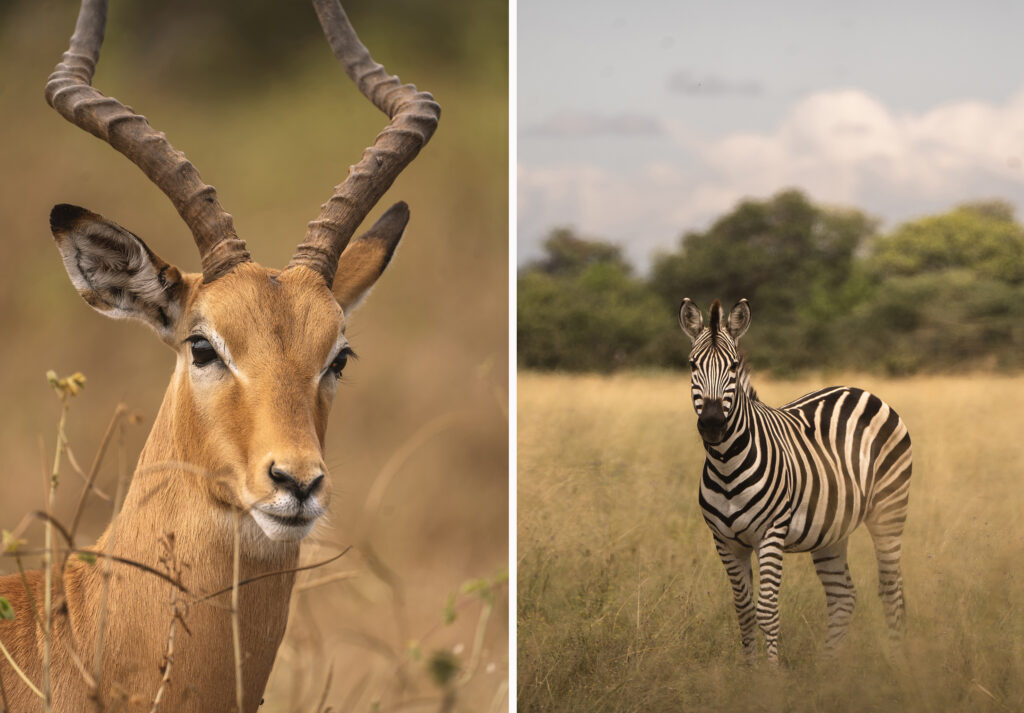
Navigation
As mentioned above, there is no coverage outside the cities so mobile apps that work offline are mandatory. Everybody was reccommending Tracks4Africa but we found Maps.me to bet better.
However, make sure you have these apps downloaded: Maps.me ( completely free ), Tracks4Africa ( need to pay for Botswana guide ) and iOverlander2. They all proved to be useful at some point. Maps.me shows even the tiniest paths, Tracks4Africa is good to have a general view ( and works best in Makgadikgadi pans ) and iOverlander shows better the campsites, as well as places where you can get water filled, gas stations etc. We also found the contacts of 2 guys selling fuel in Mababe/ Khwai area ( where there are no gas stations ).
Also, there is a very useful Facebook group from where you can find a lot of information: DriveBots

4X4 Driving
We highly reccommed to have some 4×4 driving experience beforehand. Things like knowing how to cross a mud hole or a small river.
Theoretically, if driving in sand, it is reccommended to deflate a bit the tyres to 1.5 Bars ( normally it is 2.2ish ), however, that makes the tyres more prone to pinches. So our guy from the rentals reccommended to do that only if we get stuck.
Regarding the road condition, this part can be a bit tricky. It all depends on the time of the year, but it would be wise not to go in the rainy season. The terrain is really sandy/ muddy and you can easily get stuck.
You can also find out and ask this kind of info on DriveBots ( link above ).
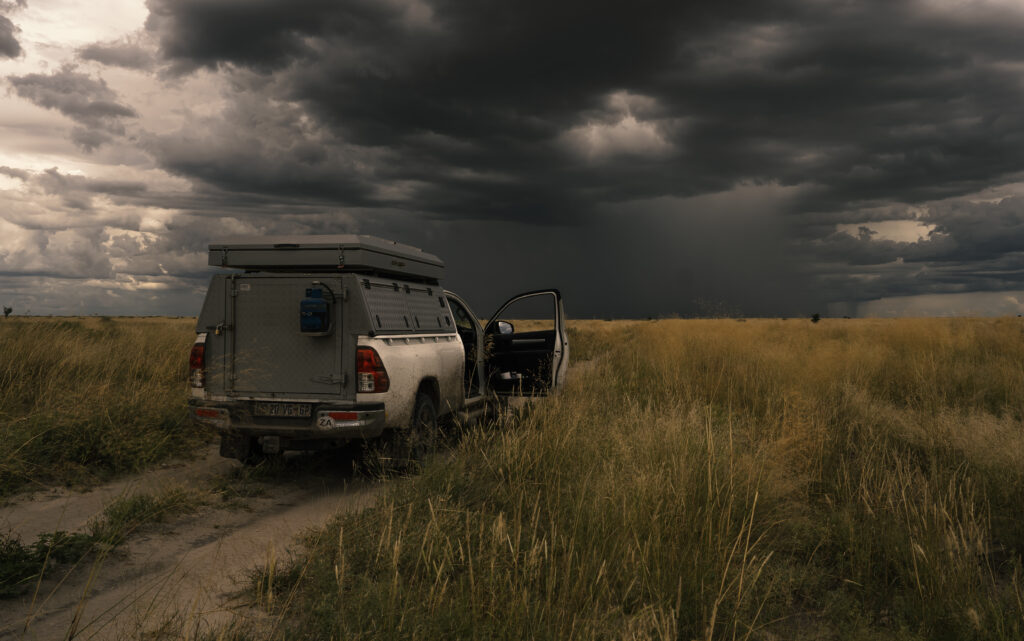
Game reserves
In other words, the areas known for safari driving. In theory, you can spot animals anywhere in the park. In practice, the animals gather around the waterholes. The drier the environment, the higher are the chances to see larger numbers of animals. That is why a lot of people go at the peak of the dry season.
For us, these were the best areas:
-
- Chobe – the river front, just next to Kasane – big numbers of animals, even at the end of the wet season; high chances to see lot of birds, crocodiles, water monitor lizards and buffalos. Sometimes you can spot leopards.
-
- Chobe – Savuti area – plenty of tracks for game driving next to the camp
-
- Chobe – Linyanti area – known for spotting lions ( we haven`t got enough time to go there )
-
- Khwai – higher chances to see lions in Khwai Community Concession ( along Khwai river ); also, this area is an alternative to Moremi game reserve
-
- Moremi Game Reserve – Paradise Pools close to Xakanaxa look really beautiful; also all the tracks next to the water
-
- Makgadikgadi National Park – pretty empty at a first glance; BUT the area around Boteti river ( around Leroo La Tau lodge / Khumaga gate ) is it said to be good for observing lions; also we found a lion and a lot of wildlife at the waterhole clost to the East Gate
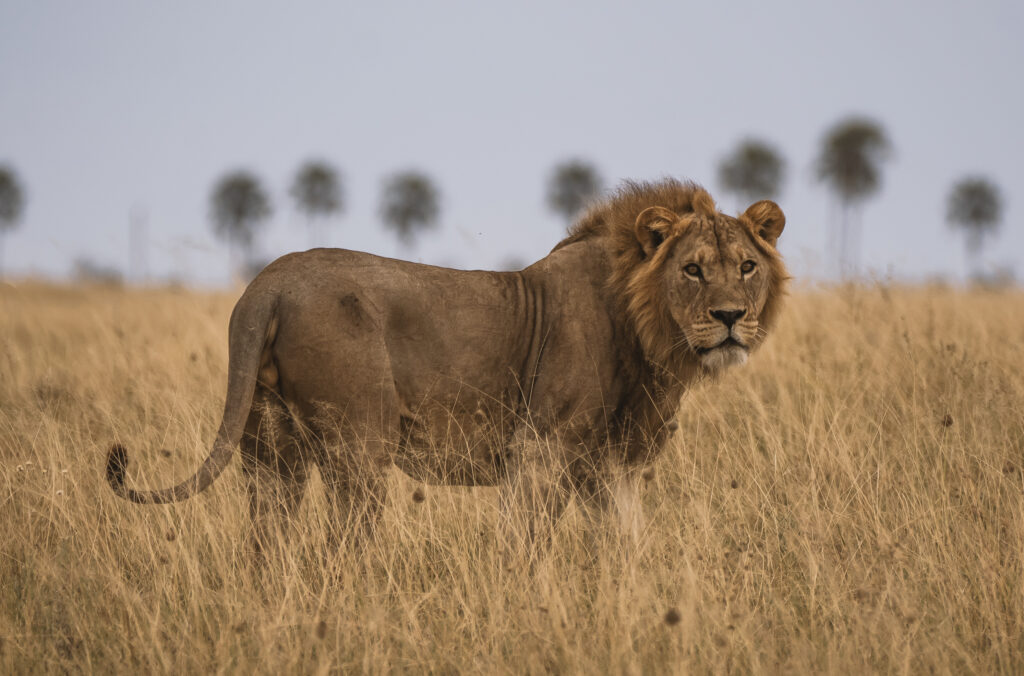
Meerkats
I think the meerkats are one of the most popular animals in Botswana and a lot of people are interested in seeing them. They are native the southern regions of Africa, particularly in South Africa, Botswana, Namibia, and Zimbabwe. In Botswana, they live in arid areas, close to the salt pans/ Kalahari desert ( deserts, savannas, and scrublands ) where they dig elaborate underground burrows for shelter and safety.
Although they can be spotted in the wild, the chances are extremely small. The usual way to see them is book a tour with a lodge in the vecinity of the salt pans. Some of the lodges have a habitual family that they follow ( because the meerkats move around ) and this is how they know how to find them. Although it sounds touristic, it is important to mention that usually there is one single person following and spending time with them every day. They are not fed by that person and they follow their natural behaviour 100%.
A nice thing that we found out during our visit is that they get protection as well. We were told that the family we visited initially included 9 meerkat members but unfortunatelly 2 of them got eaten by a piton which was chasing them. The piton was eventually relocated because the risk was that it would have eaten the whole family.
Usually these visits are quite expensive, ranging from 100$ per person to 200-300$, depending on the lodge. We read some good reviews about Gweta Lodge and we booked with them. I think they offer one of the best quality/price tours. We paid around 3000BWP ( 220 $ ) for 2 people for a private tour. In the area there is Planet Baobab but the price is almost double.
We contacted them by e-mail at reservations@gwetalodge.co.bw, made a booking and paid upon arrival.

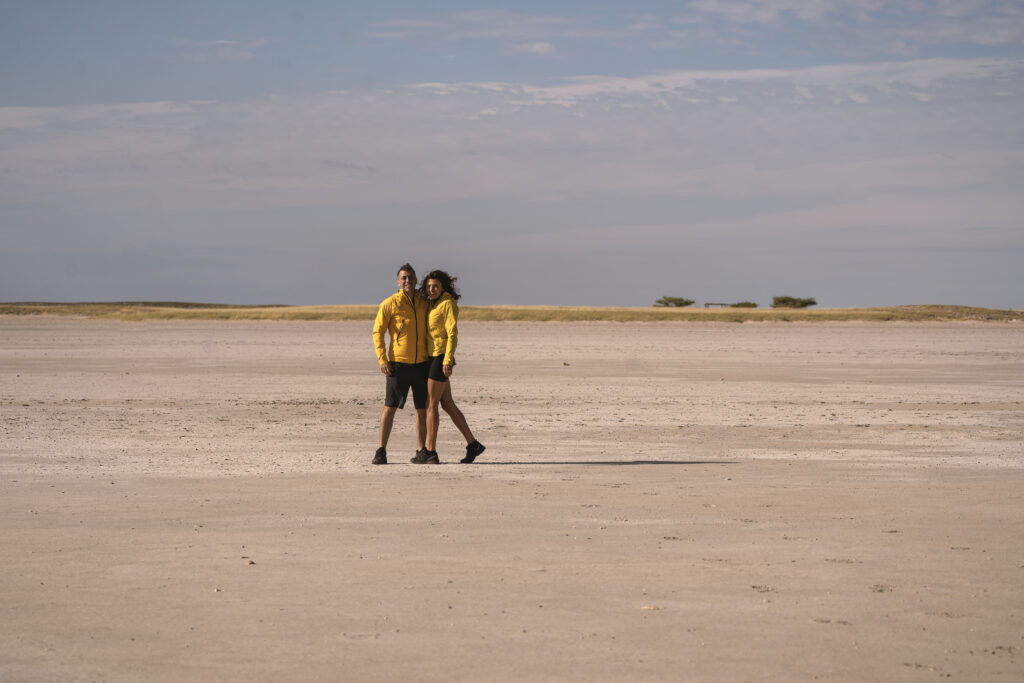
Safety
In general, Botswana is a safe country. We haven`t encountered any issues during our trip, however, we read some reviews about some areas where people experienced burglaries in the past. These are: the areas close to the border with Namibia Caprivi strip ( such as Ihaha campsite ), Magotho campsites ( next to the village ) and most commonly near Maun.
In all cases, it is reccommended that you never leave things outside or on display, lock all your belongings in the car or take them with you in the tent and it should be fine.
Vaccines and malaria
There are no mandatory vaccines for Botswana, however it is reccommended to be vaccinated against typhoid, hepatitis A, polio, yellow fever, rabies, hepatitis B, influenza, pneumonia, meningitis, chicken pox, shingles, Tdap (tetanus, diphtheria and pertussis) and measles, mumps and rubella (MMR).
Malaria is present in Botswana, especially in the northern areas, where most of the national parks are. The risk is higher during and after the wet season. THE MOST IMPORTANT THING is to avoid being bitten: use high DEET ( over 40% ) insect repellant during mornings and evenings and spray some insect repettant in the car/ tent. We bought DOOM from the supermakets in Botswana. DEET is highly effective, no matter how mosquito magnet you are.
You could potentially use malaria prescription pills but they are about 98% effective and have some side effects. Malarone is said to have less side effects but had used them in the past and we both had skin rash from it. Therefore, we are not big fans of this type of treatment.
Also, despite the panic among the Westerners, malaria can be treated if you start the treatment straight away. It would be wise, as an extra precaution, to have some Coartem pills with you. In case you suspect being bitten by mosquitos and you start having fever and feeling cold, take the treatment straight away.
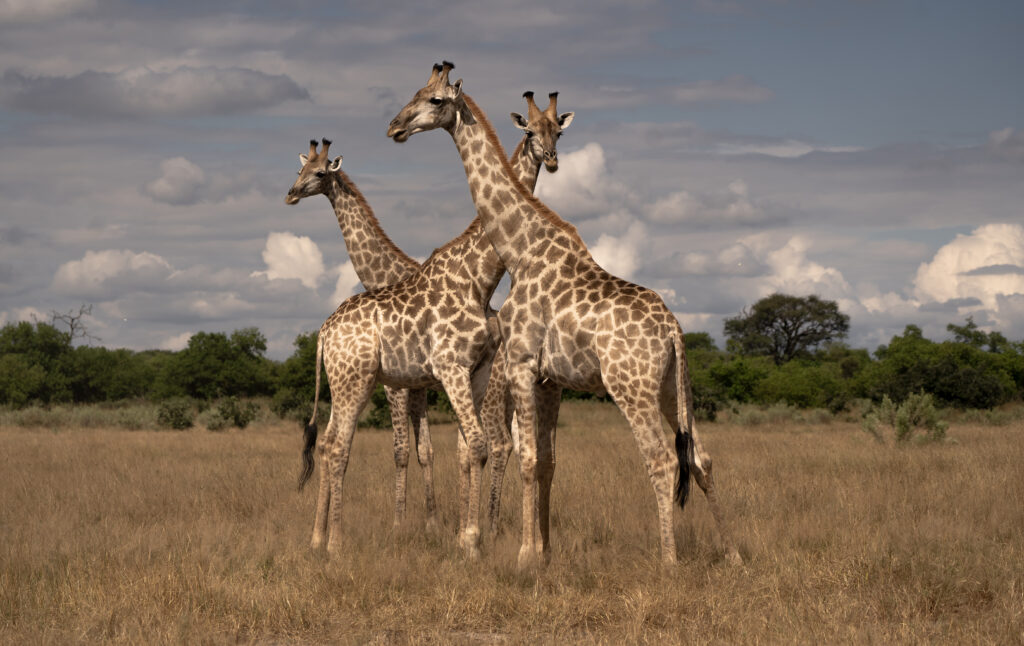
Our itinerary and campsites
I attached a map with our itinerary below. We drove about 1200 km, if I calculated well.
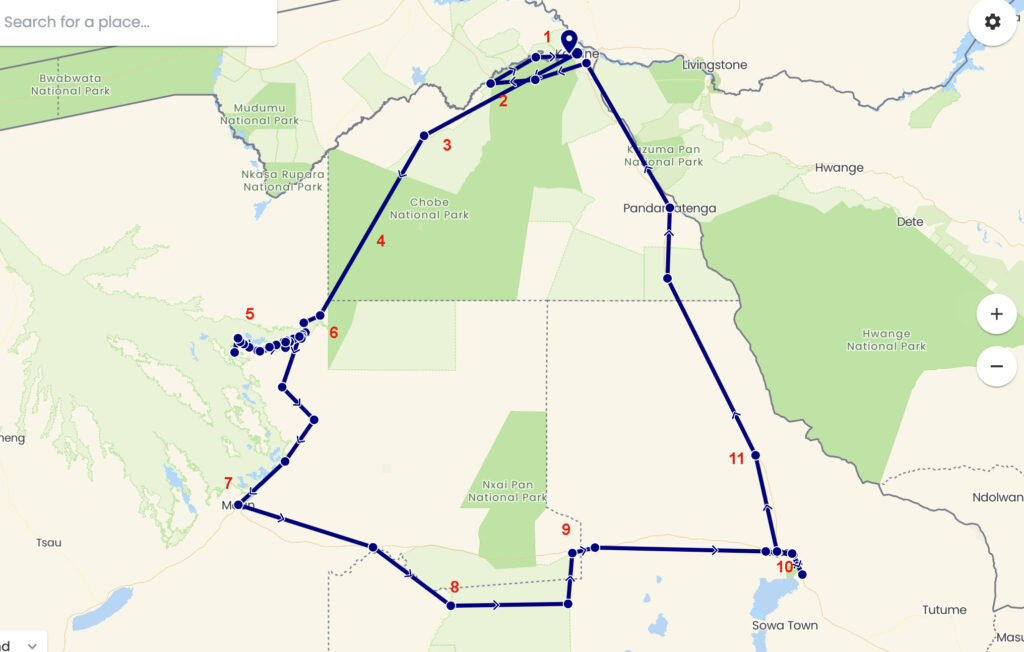
-
- Kasane – start and end point – spent the first night at Kasane Travelodge hotel
-
- Chobe River front game reserve – spent the first day driving back and forth around the river ( Maps.me app worked very well in this area )
-
- Moae Campsite – spent the first night, outside Chobe NP – can be booked here – it took us about 1-2 hrs from Ngoma Gate ( the campsite can be only found on Google Maps and iOverlander app )
-
- Savuti Campsite – took about 4-5 hrs from Moae to Savuti – the camp can be booked on African Reservations and SKL camps; did game drives around the camp ( Maps.me )
-
- Xakanaxa – we went from Savuti to Xakanaxa in one day due to the fact that we couldn`t find a reservation at Xakanaka/Third bridge the night after – it was the longest day for us – from dawn to dusk / we attempted to go to Third Bridge but the Forth Bridge crossing was very muddy so we managed to find a last minute spot at Xakanaxa; we used Maps.me and we took the Marsh Road by mistake – take the Savuti-Mababe road instead
-
- Khwai – we stopped here after Xakanaxa because it was a shorter ride and allowed us more time in the morning at Xakanaxa plus time around Khwai – we booked the campsite at SKL camps
-
- Maun – after camping for 4 nights, we stopped for a night in a nice accommodation to refresh a bit – we slept at The Waterfront Maun and enjoyed our stay; the staff was very helpful in doing our laundry last minute
-
- Khumaga Gate – we headed from Maun towards Makgadikgadi NP and we crossed the park from west to east ( Khumaga gate to Xirexara gate ); for reference Xirexara gate is abandoned but you can still cross; in this area Tracks4Africa worked better; it took us about 4 hours to cross the entire park / the distance is about 80 km
-
- Gweta – we spent the night at Planet Baobab and the following morning we did the Meerkat tour with Gweta Lodge
-
- Nata Bird Sanctuary – we went from Gweta to Elephant Sands lodge with a quick detour at Nata Bird Sanctuary; the sanctuary did seem a bit empty but it all depends on the time of the year
-
- Elephant Sands Lodge – we initially booked a campsite but we took a tended room last minute; lovely place, where elephants come and drink water; one can closely see them from the restaurant terrace – we booked via e-mail: bookings@elephantsandsbotswana.com


Useful distances/ times
Kasane – Savuti = 110 – 150 km / approximately 5 hours
Savuti – Third Bridge = 9 – 10 hours, potentially even more ( but doable in one day )
Savuti – Khwai = 3-5 hours
Khwai – Maun = 120 -150 km ( last 40 km are asphalt road ) / 4-5 hours
Maun – Nata = 300 km – good asphalt road
Nata – Kasane = 300 km – good asphalt road
Refuelling
There are no petrol stations in the parks. The last petrol station was close to Ngoma Gate in Chobe and the next one in Maun. The distance in between, including the game drives in between + Okavango delta is around 600 – 700 km. In a Hilux with a double tank ( 140 – 150 l ) that is perfectly doable without refuelling. We even reached Maun with the second tank almost full. I couldn`t tell about other cars with different fuel consumption.
However, on iOverlander, in Mababe and Khwai, we found the contacts of 2 local guys selling petrol/diesel at high price. It is worth checking it out.
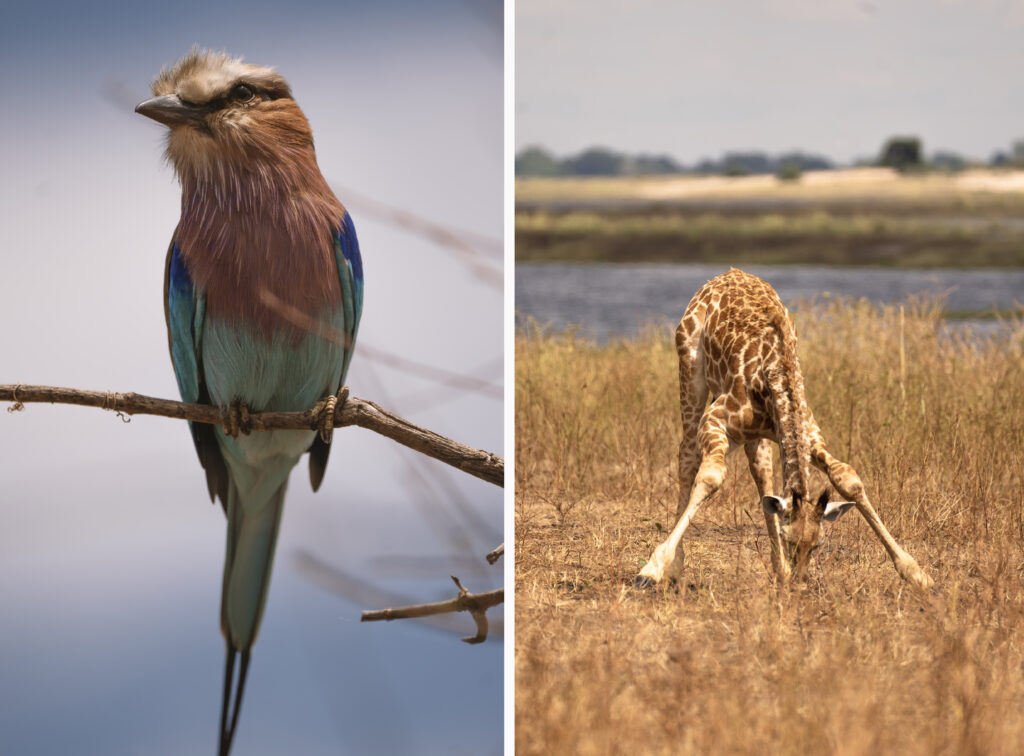
Last but not least, as an useful advice, I would suggest to buy this booklet: Tourist Map. It is available for Moremi Game Reserve and Chobe at least, possibly for Makgadikgadi as well. We bought it out of curiousity but it proved really useful at finding additional roads/ reserves + identifying birds and animal species ( there is a full list for all the fauna ).
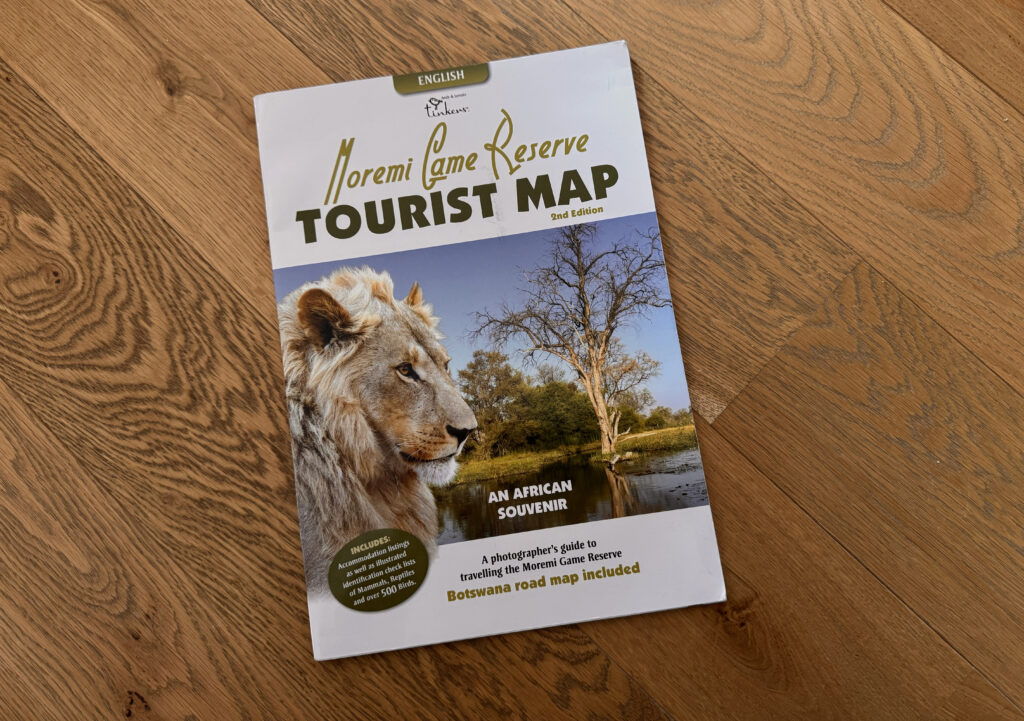
Next, enjoy our photo gallery shot mostly with our new Sony 100-400 mm GM lens, the best compromise that we could find in between focal length and weight/ dimensions. The camera used is the same old Sony A7III.


